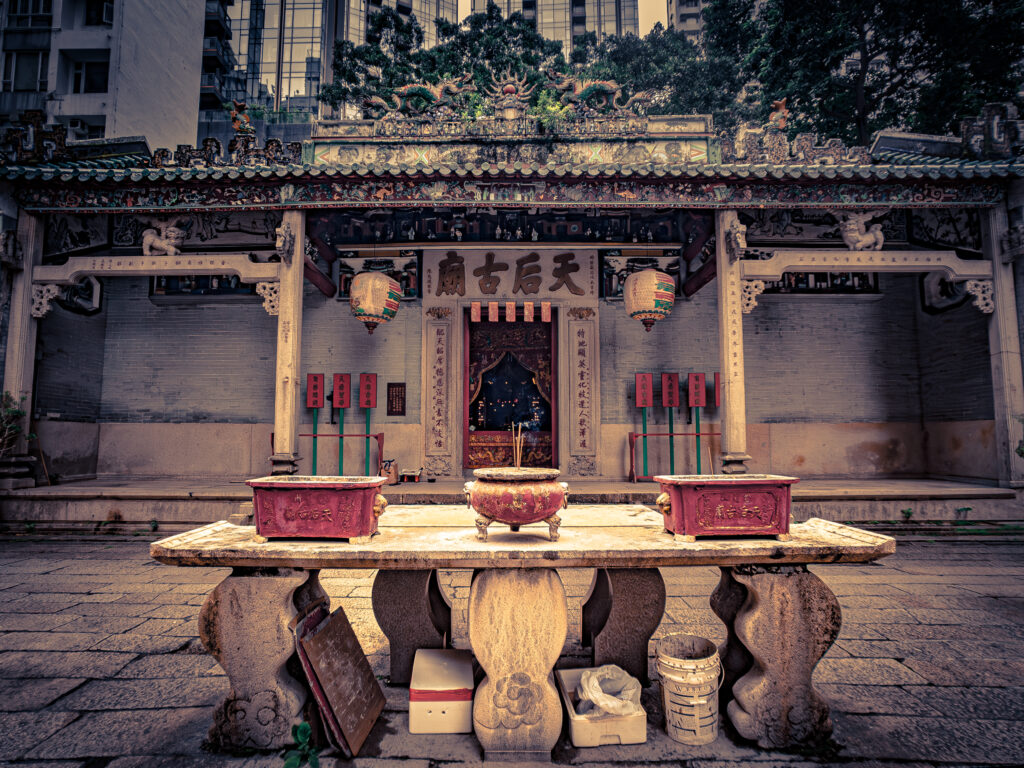
I’m in Hong Kong for all of three days, visiting for the first time in nearly thirty years. I found an interesting hotel in Causeway Bay — quiet, narrow, almost-tragically-stylish in a sort of neo-Brutalist-techno-austere way — and conked out immediately after arriving in my tiny neo-Brutalist-techno-austere bedroom, which was partially composed of frosted plexiglass.
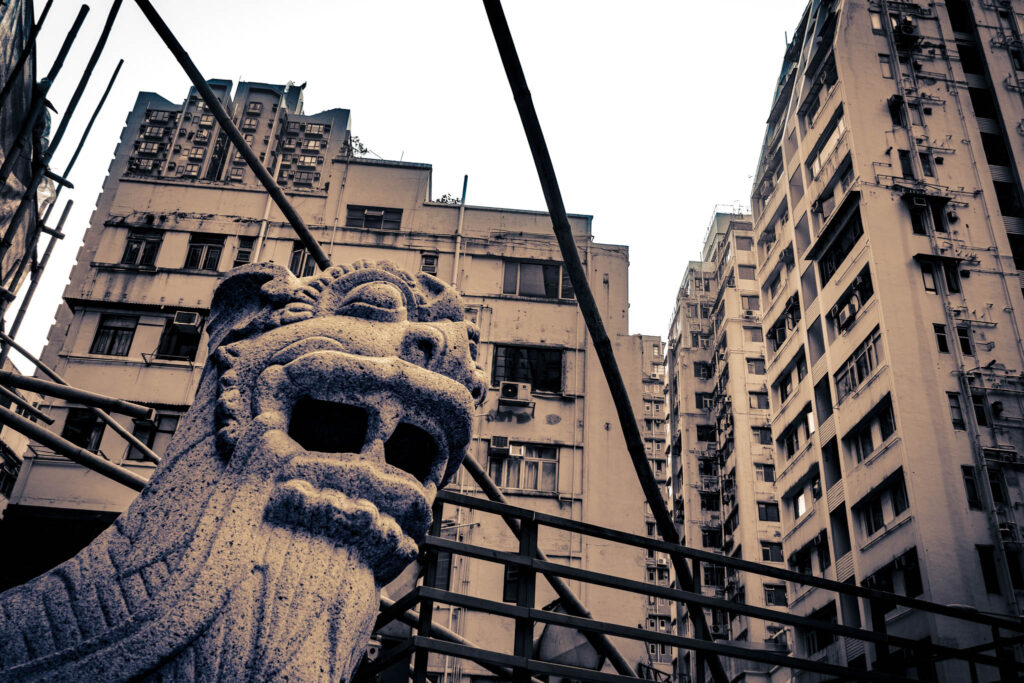
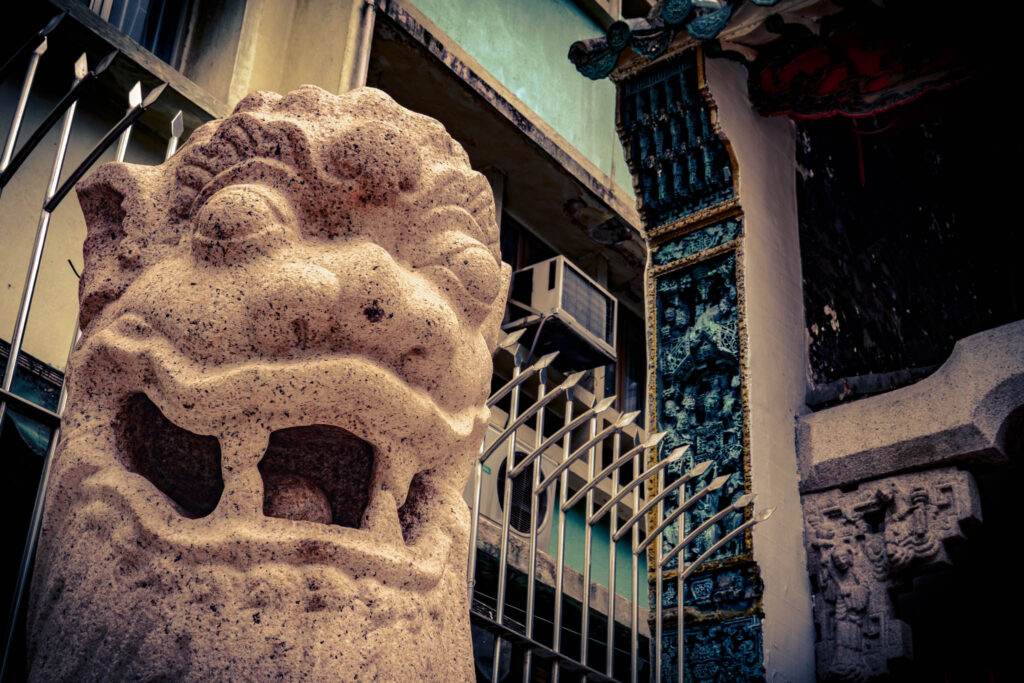
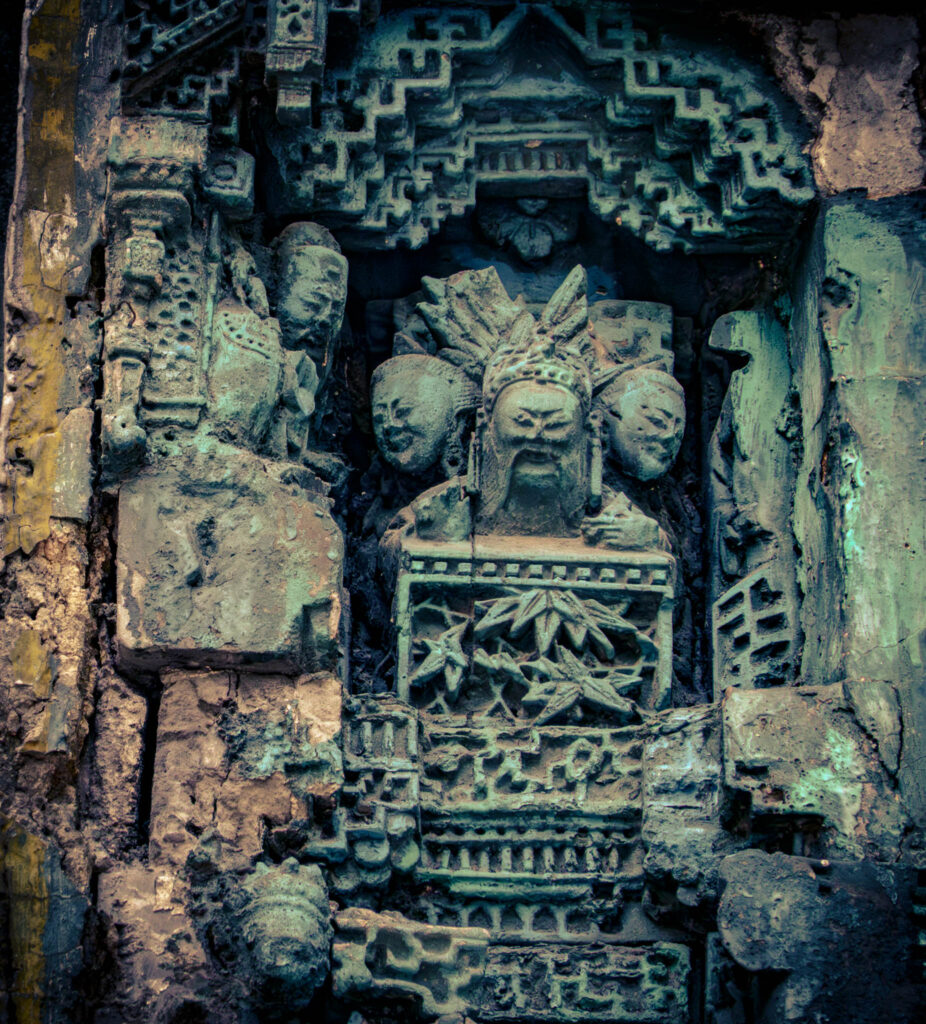
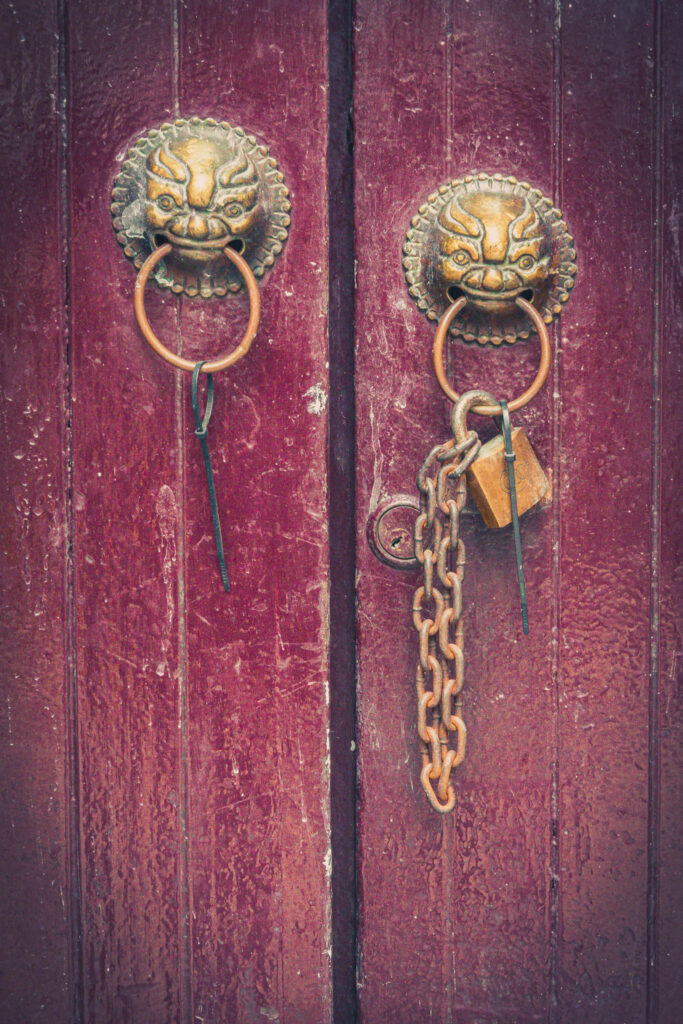
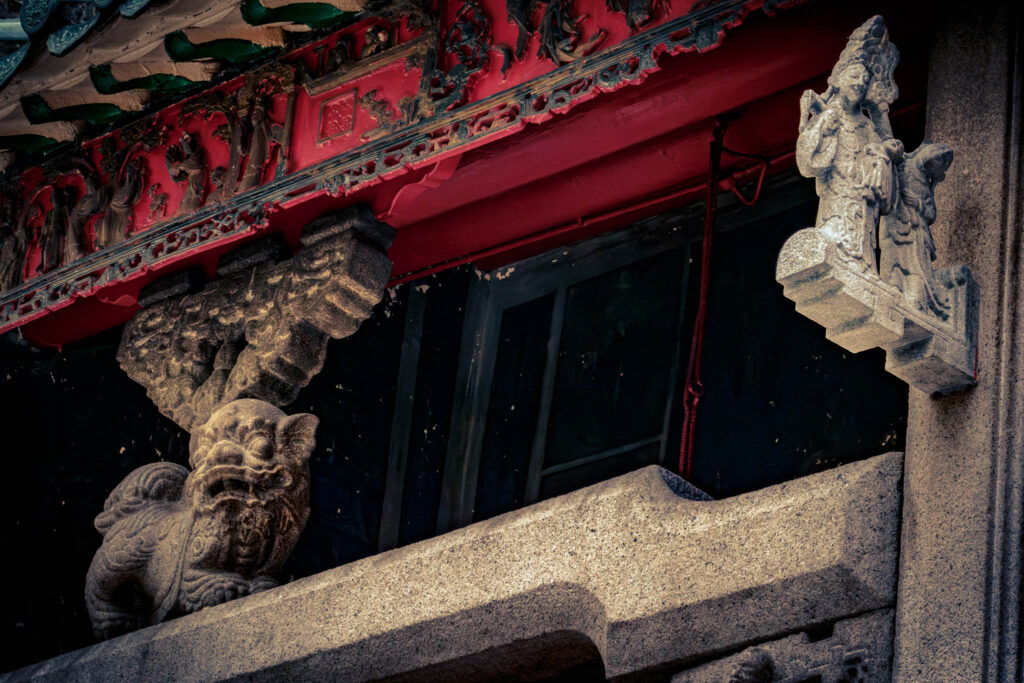
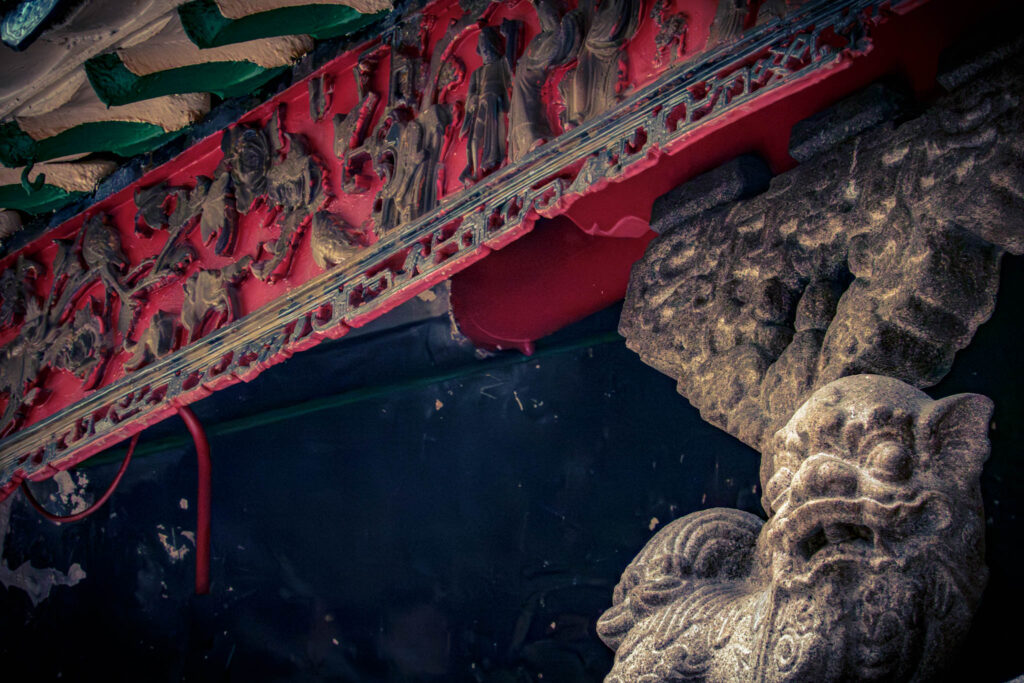
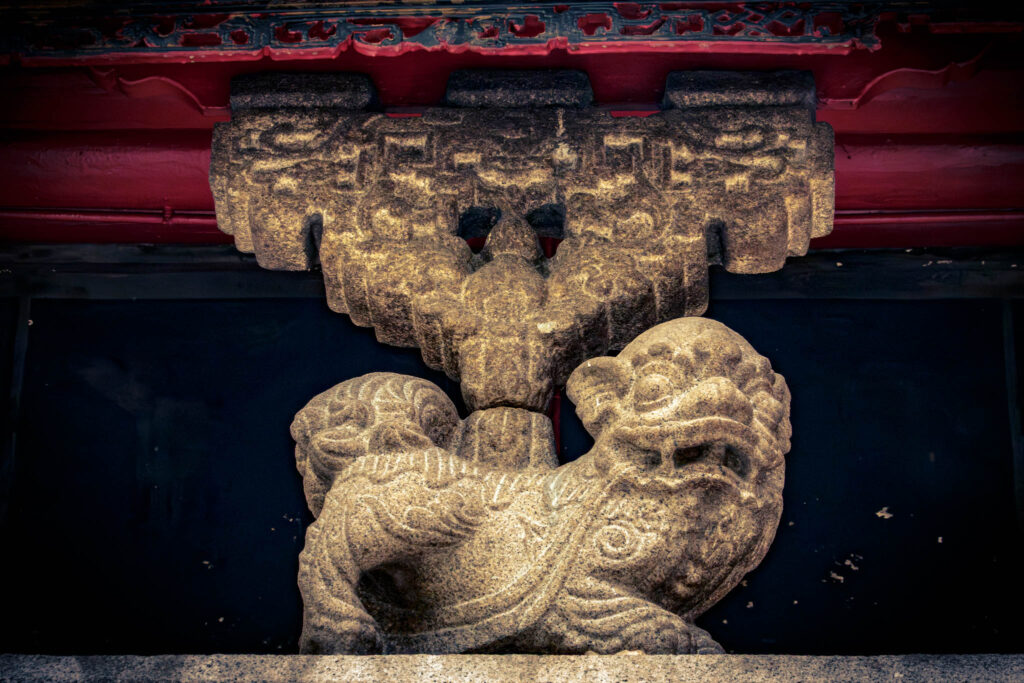
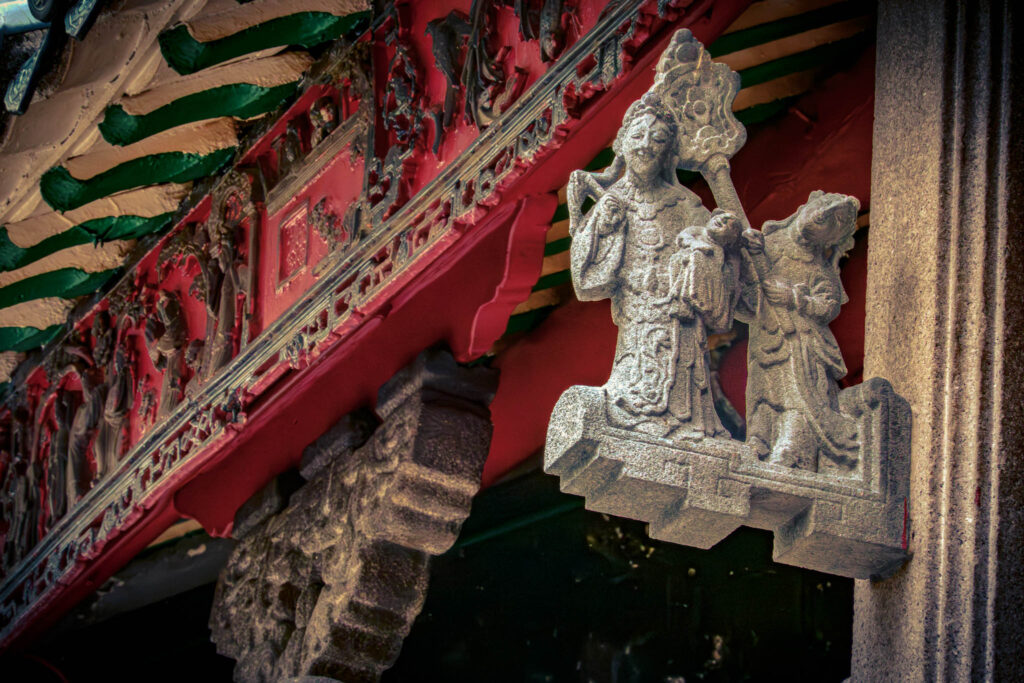
I wake up as it is getting dark and think, I should find some dinner. Instead I eat three of my emergency energy bars and fall back into jet-lagged dreamland.
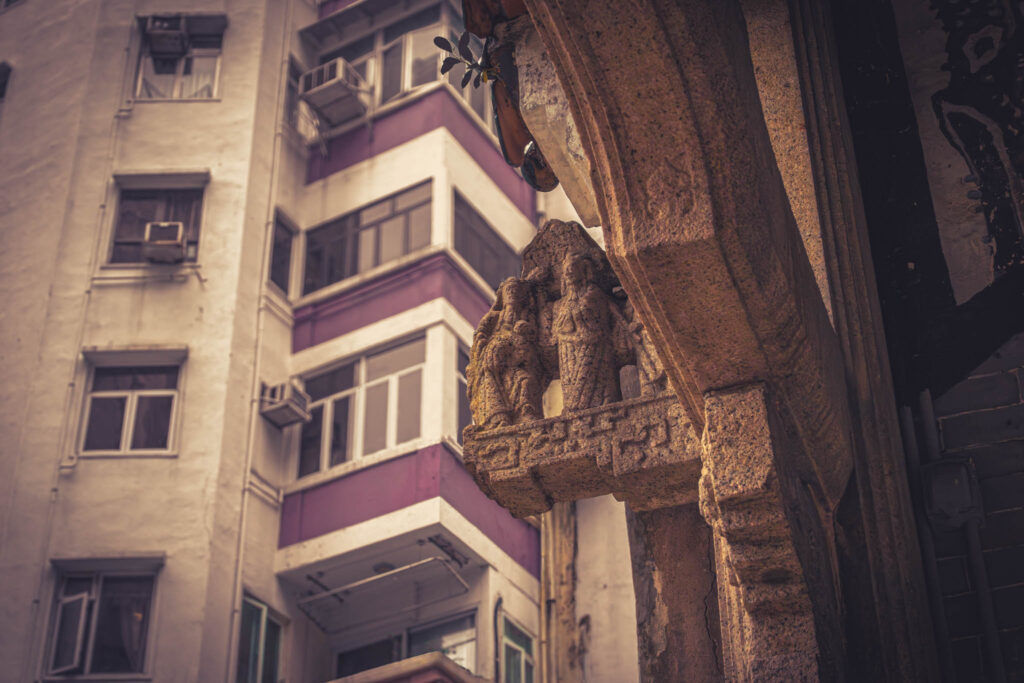
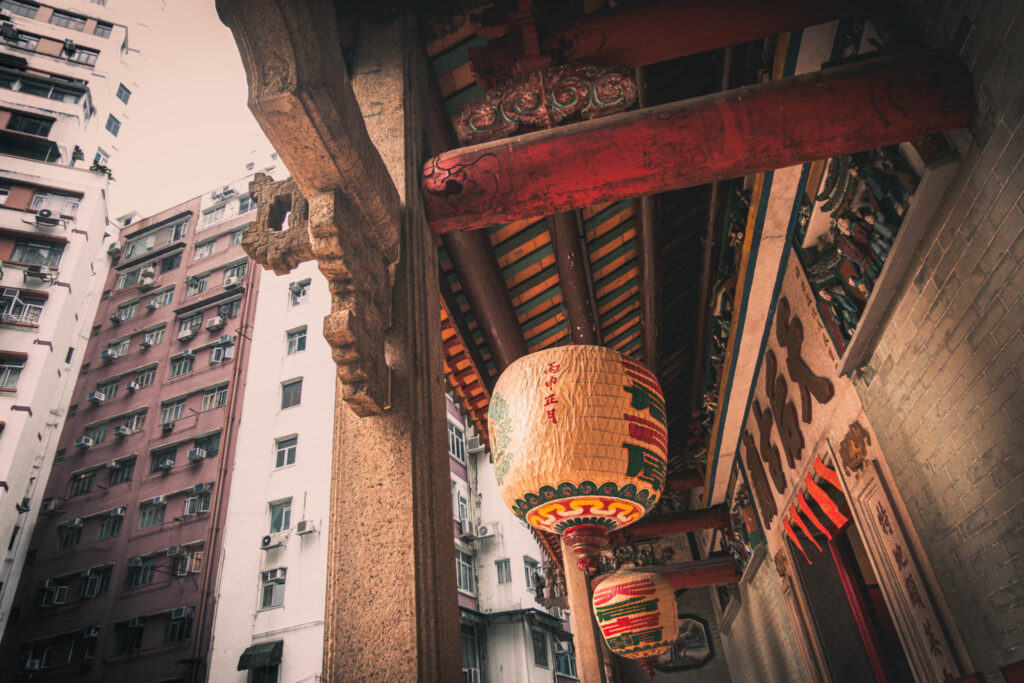
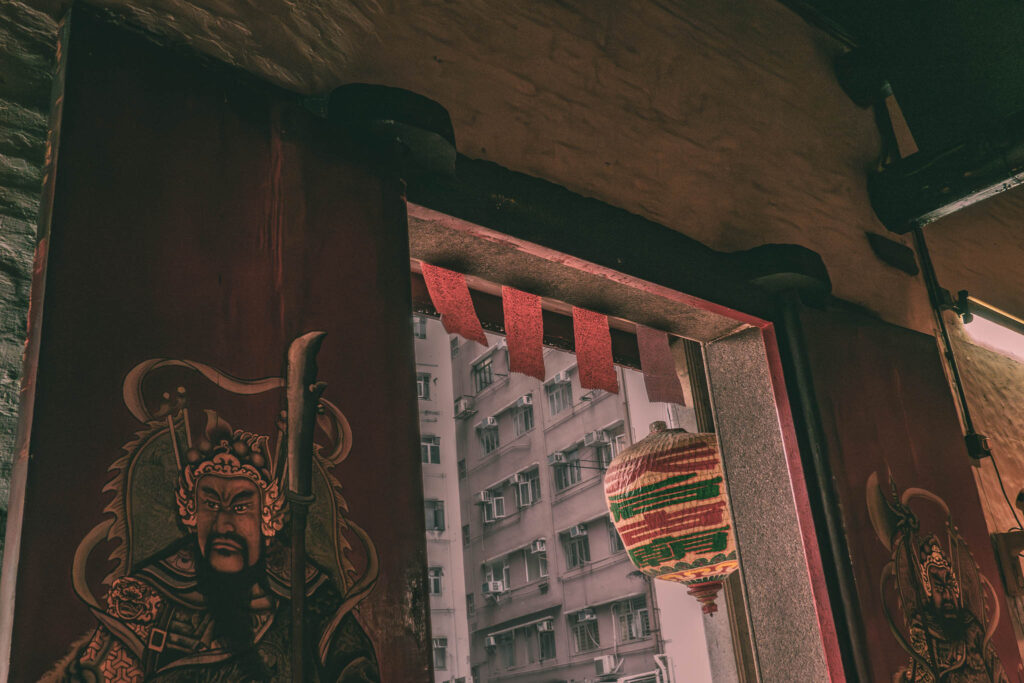
The idea was that Hong Kong might be a more-interesting and less-stressful place to recuperate from an around-the-world flight than a bleak airport hotel in Bangkok. I don’t know what possessed me to think that. I am experiencing the usual devastating combination of diurnal disruption and culture shock that this sort of travel entails, which leaves me in an even more profound state of alienation than my habitual one. Nothing seems real — or maybe I am not real.
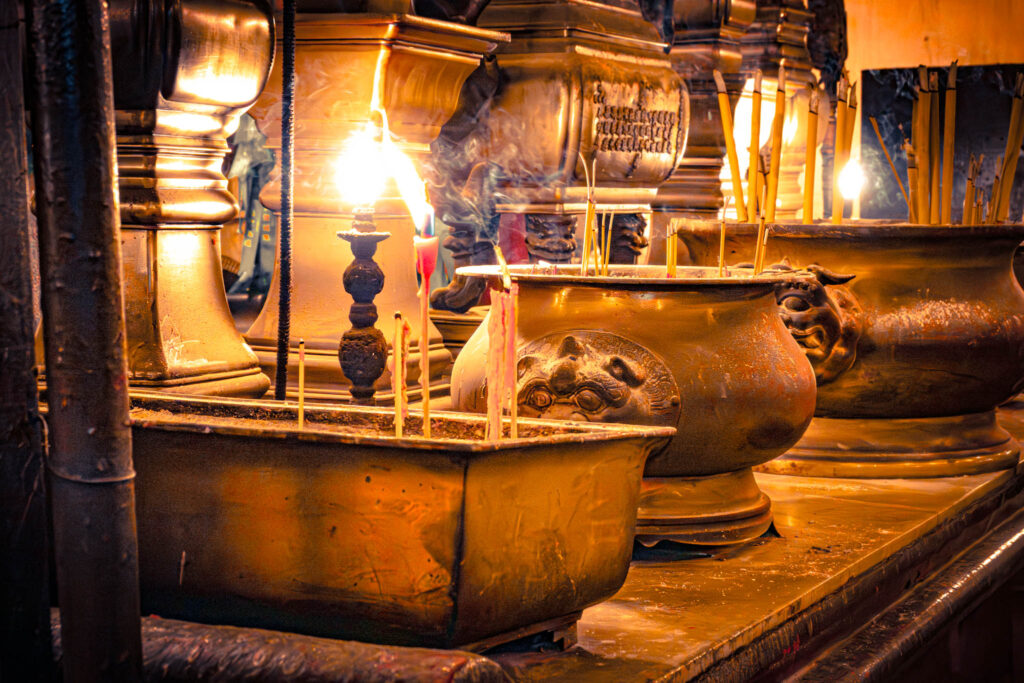
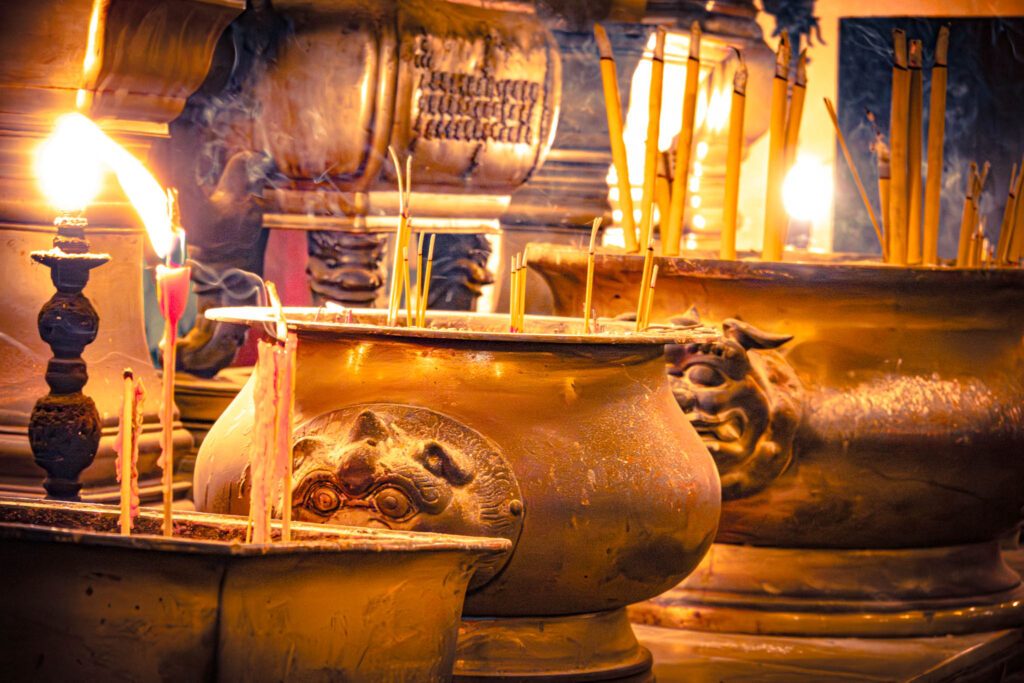
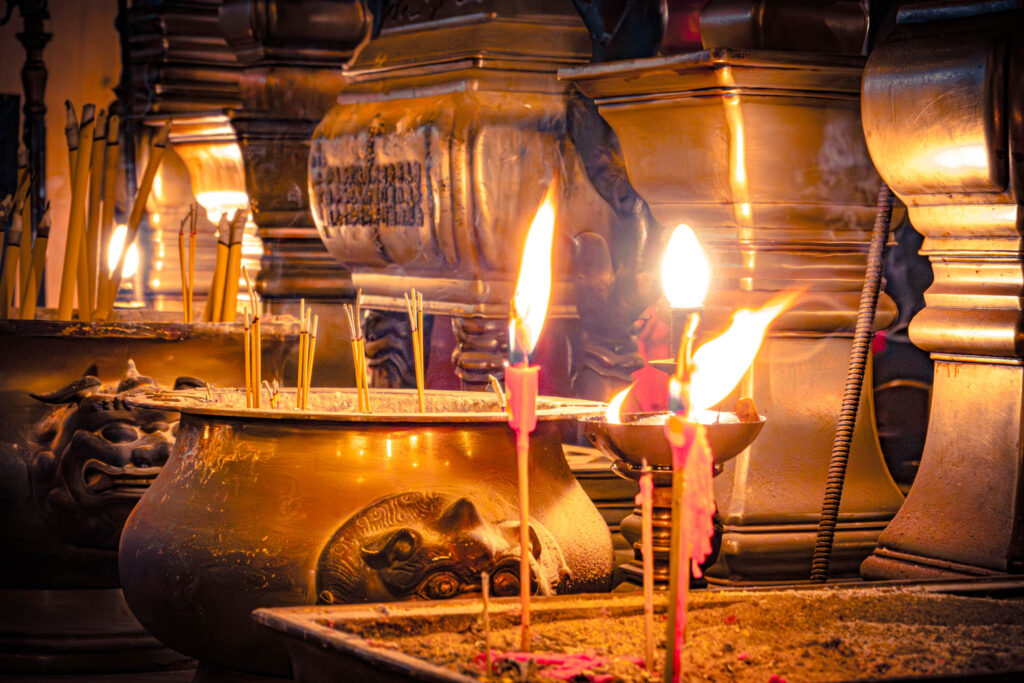
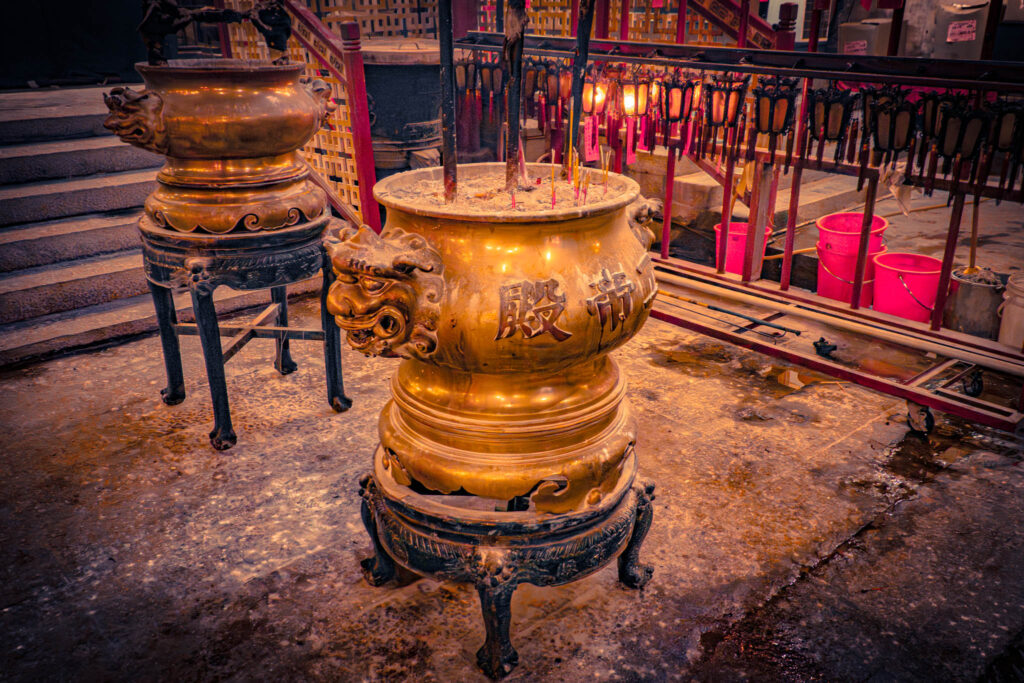
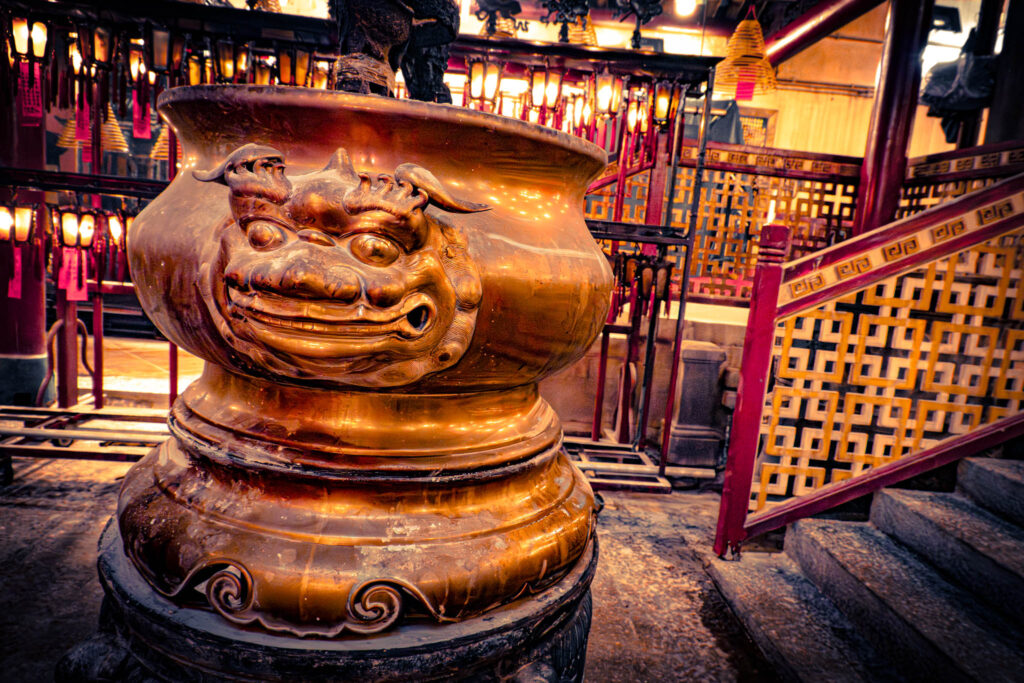
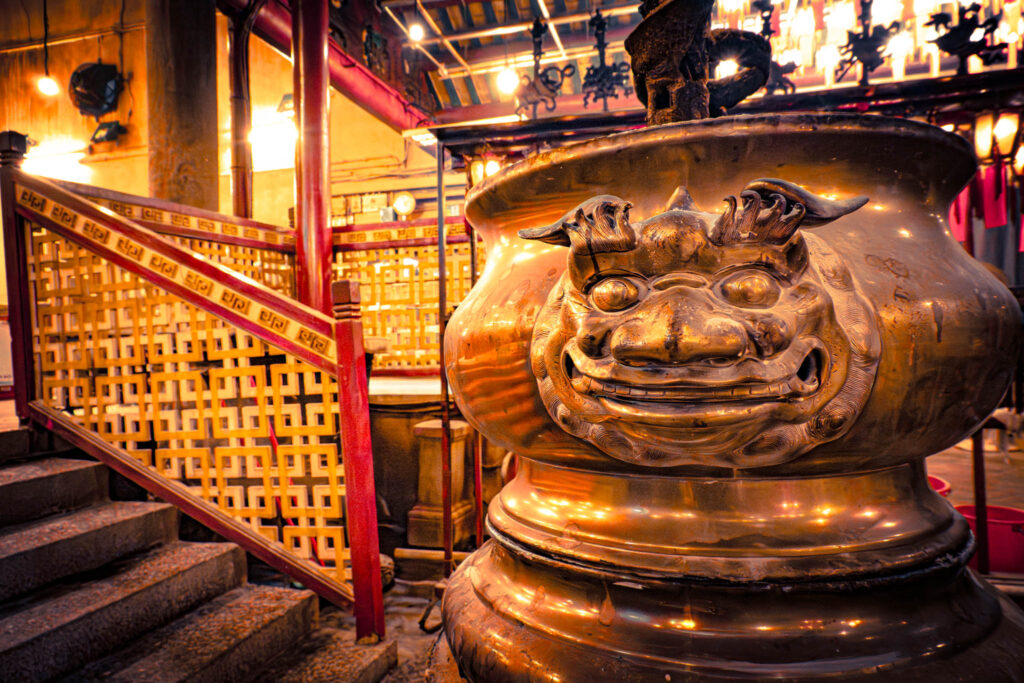
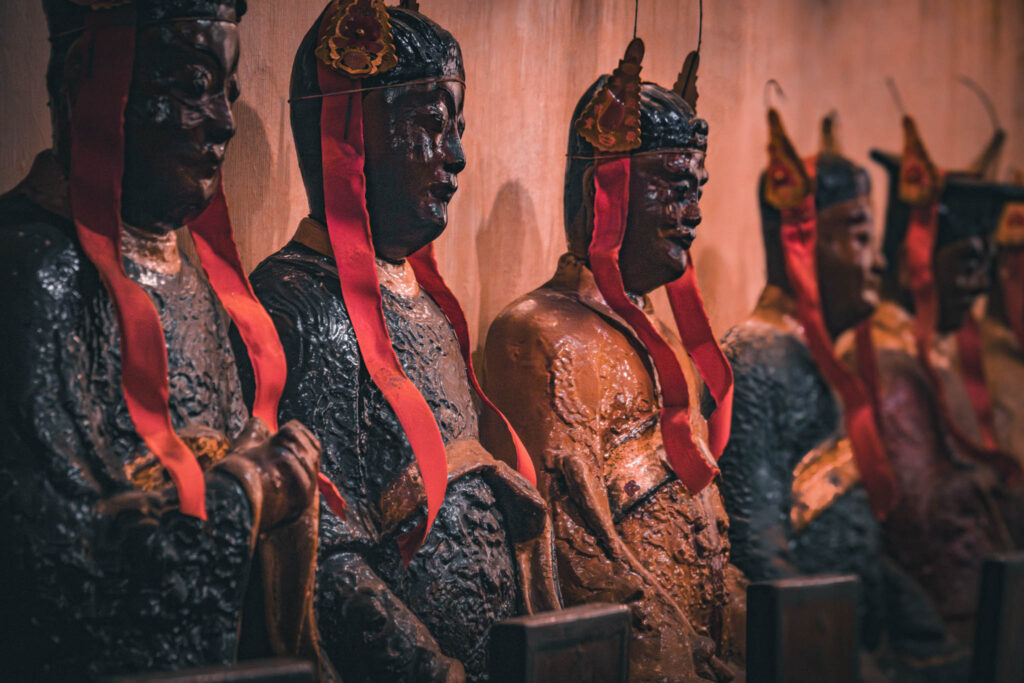
Or perhaps I’ve been ducking into too many Hong Kong temples since I came out of my travel-induced coma.
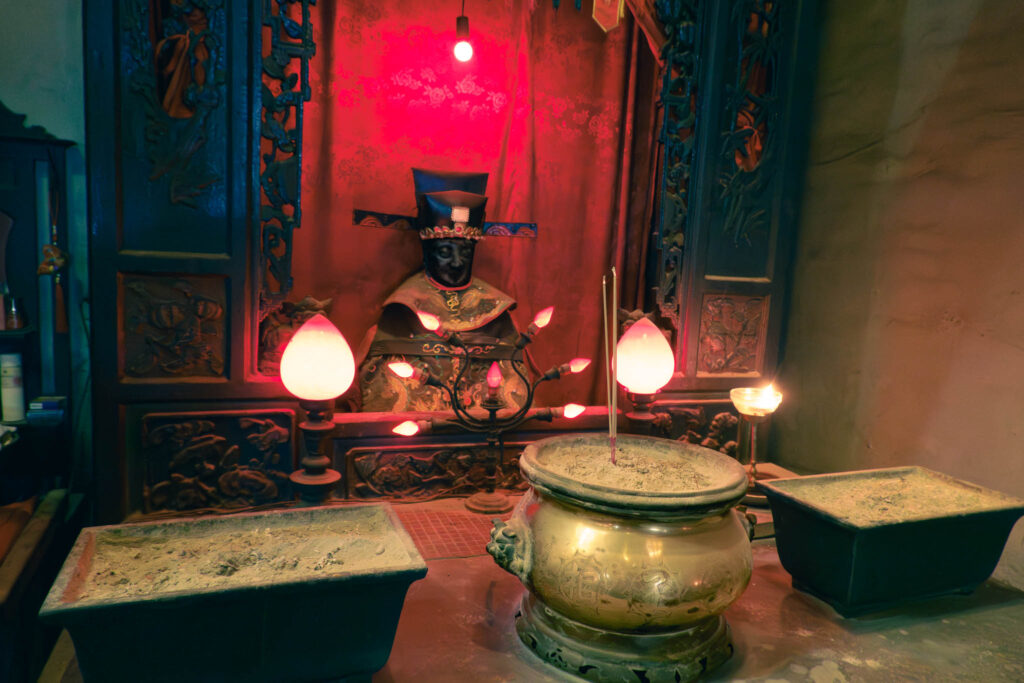
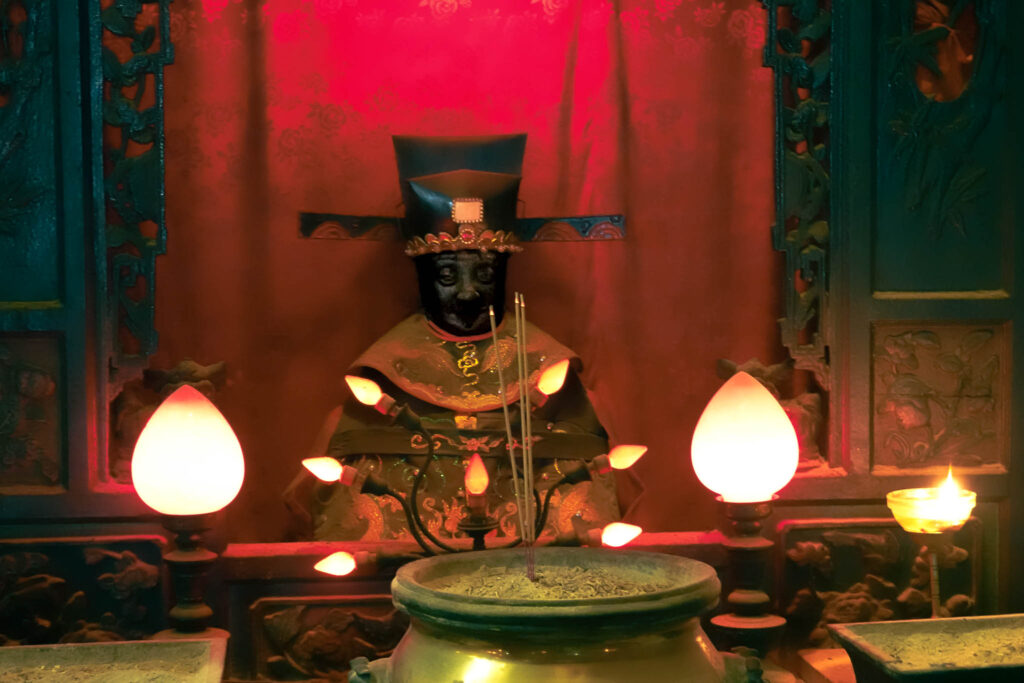
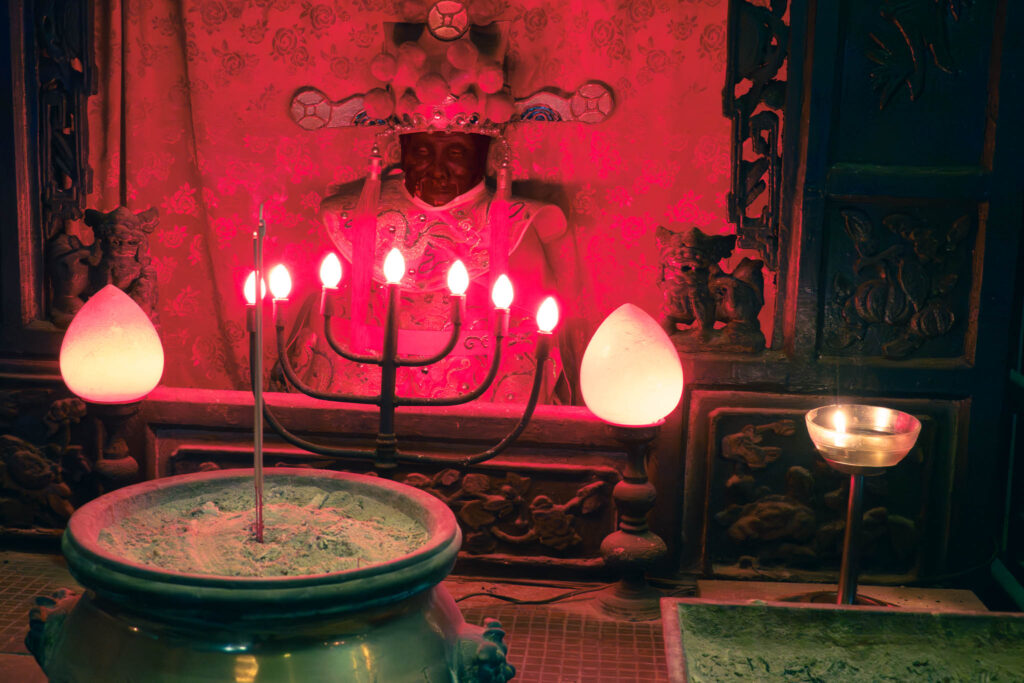
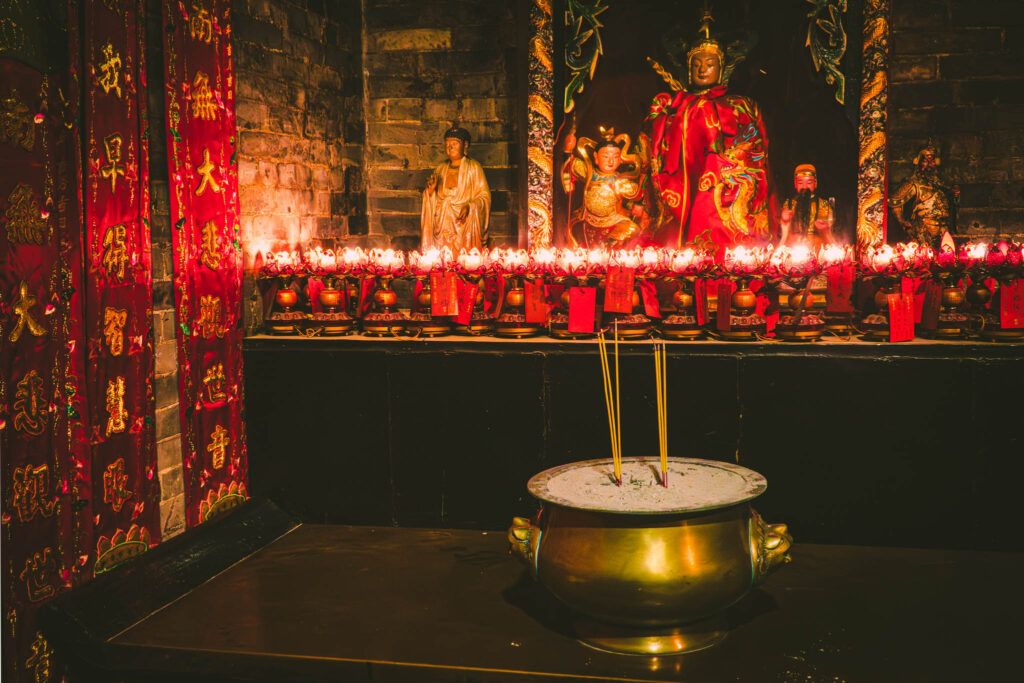
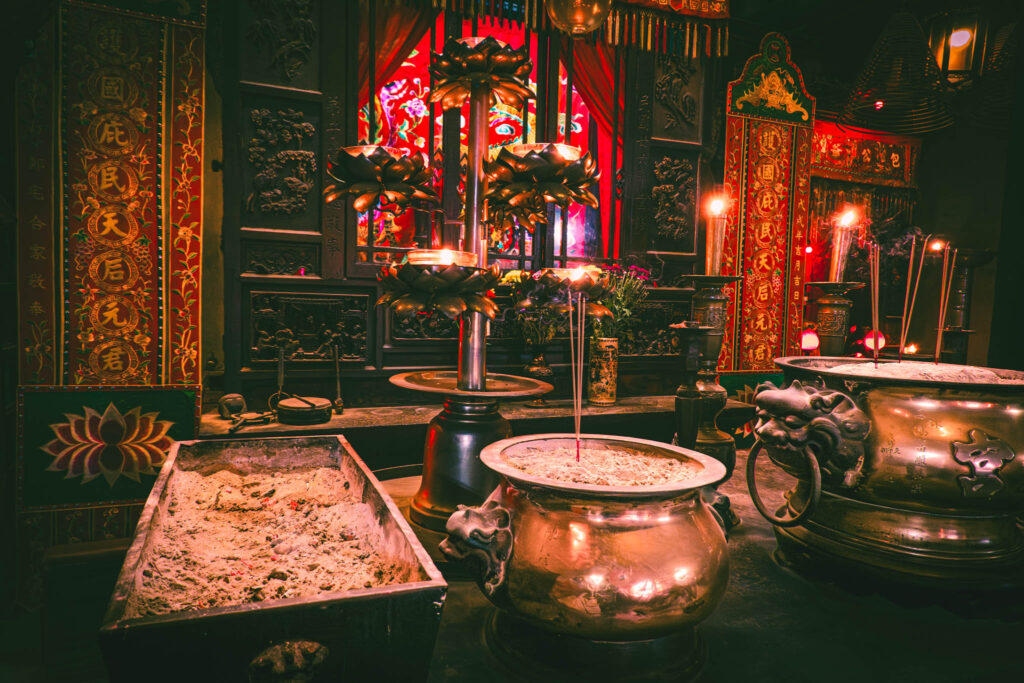
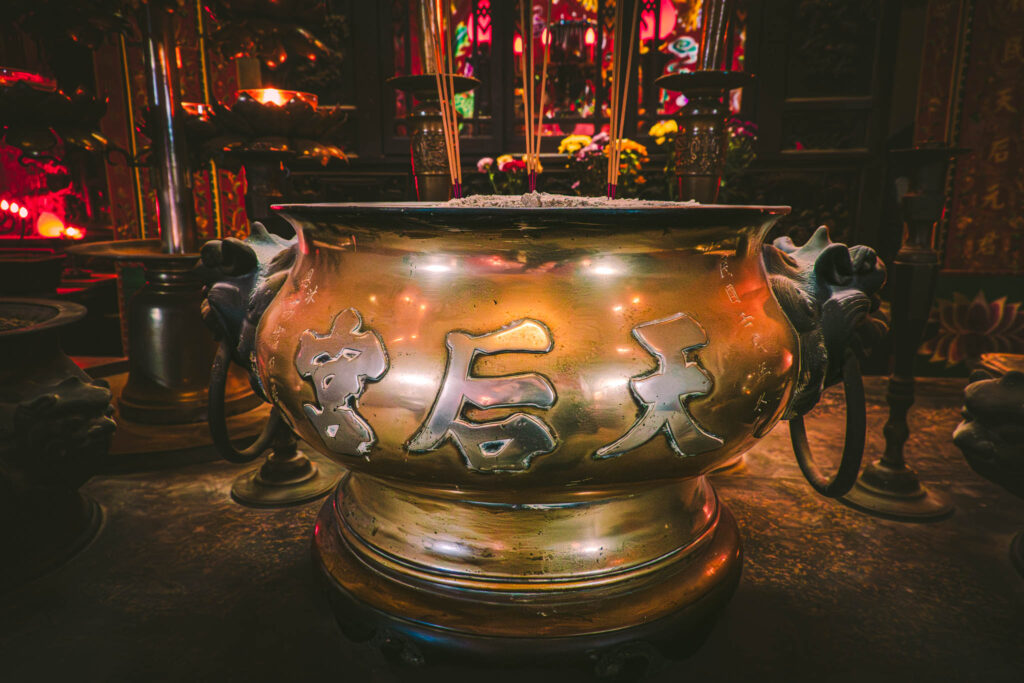
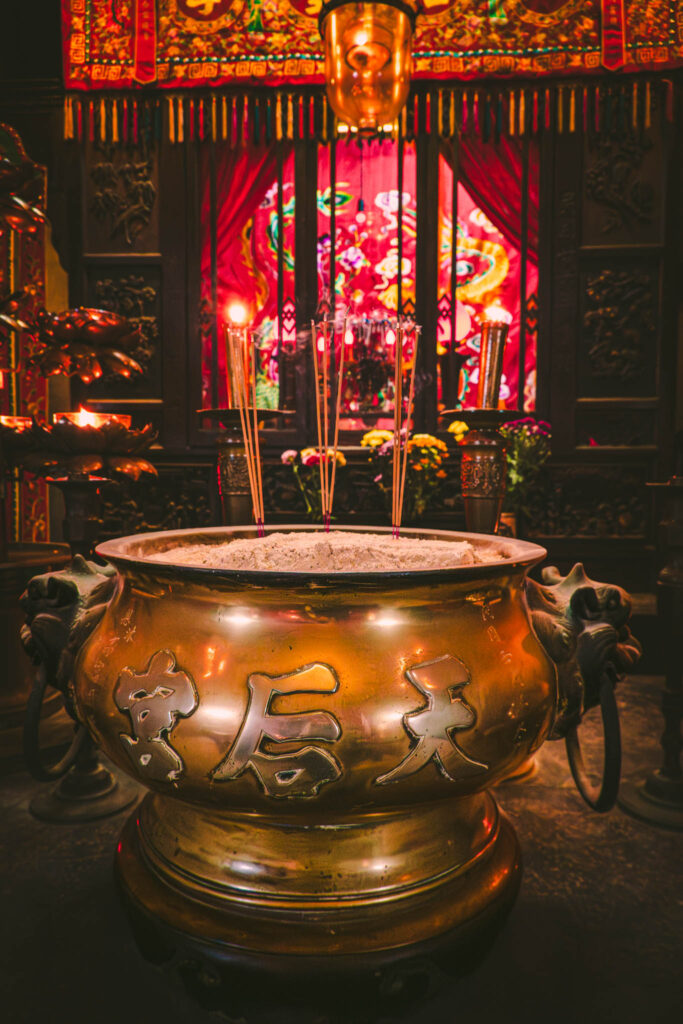
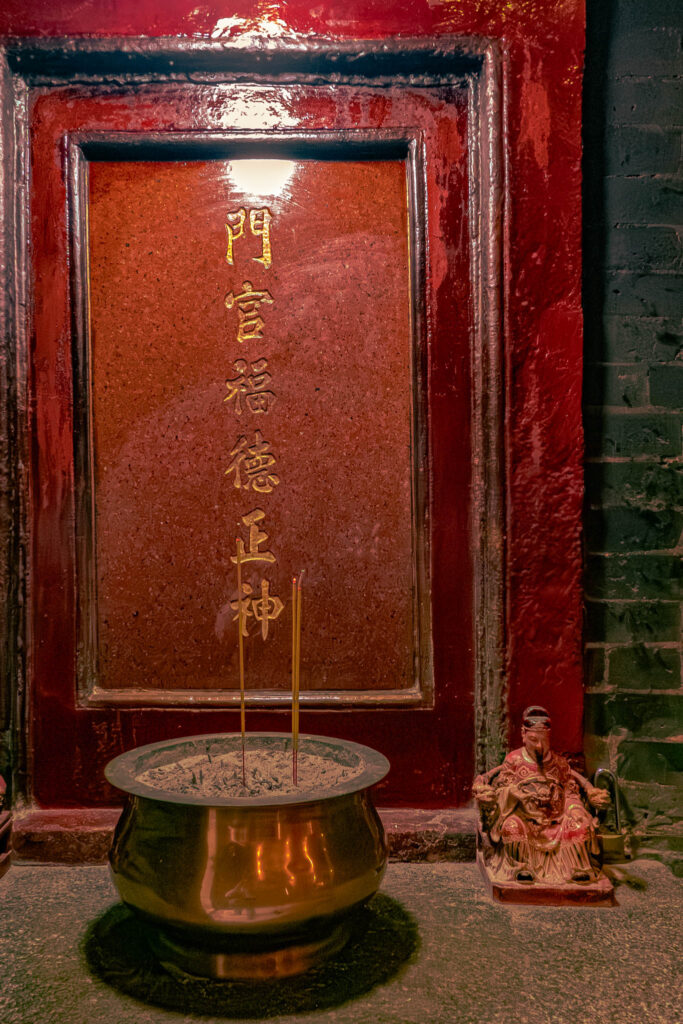
It’s been drizzling, so I bought a sturdy umbrella [A/N: exactly the kind that is sturdy enough to stop a tear-gas canister, as events would eventually prove] from an unsmiling man in one of those little endlessly-deep-hole-in-the-wall neighborhood Hong Kong stores, and when the precipitation grows more significant I’ve been trading the rain for a haze of incense smoke. For convenience’s sake, I’ve combined all three days of rather random temple visits into one post.
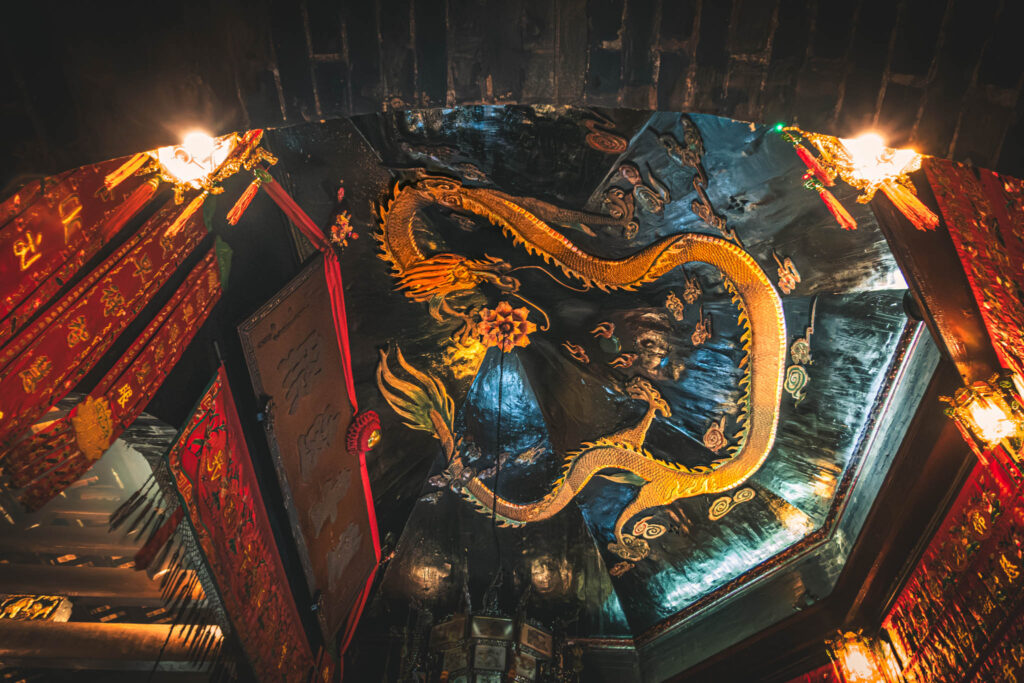
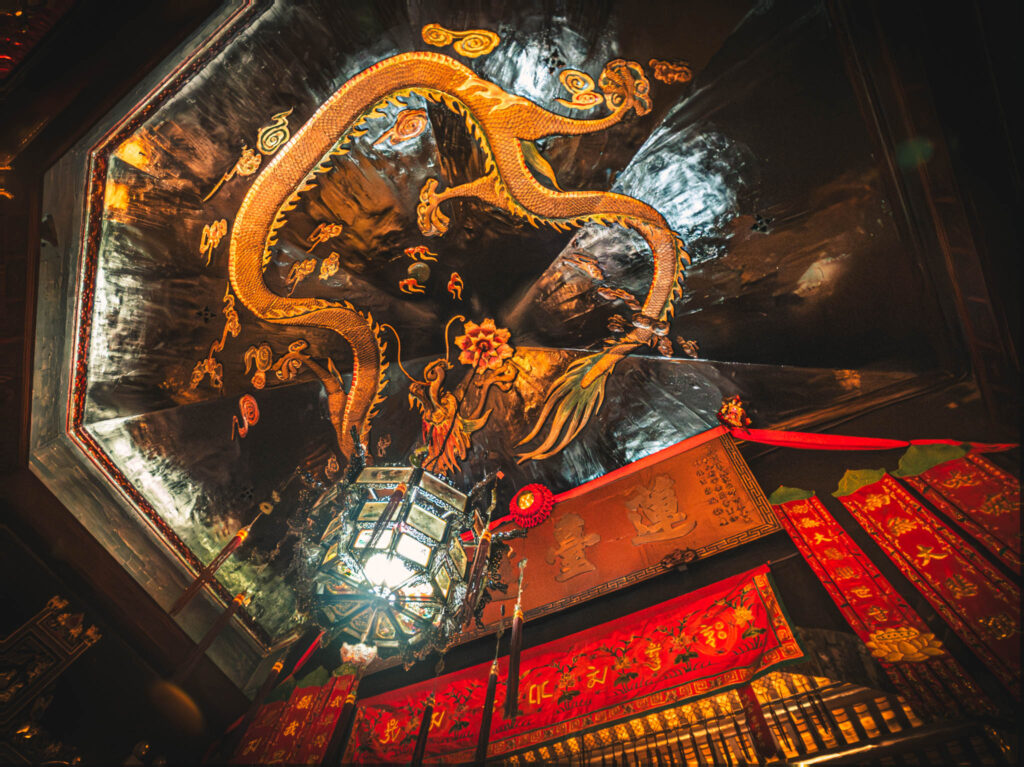
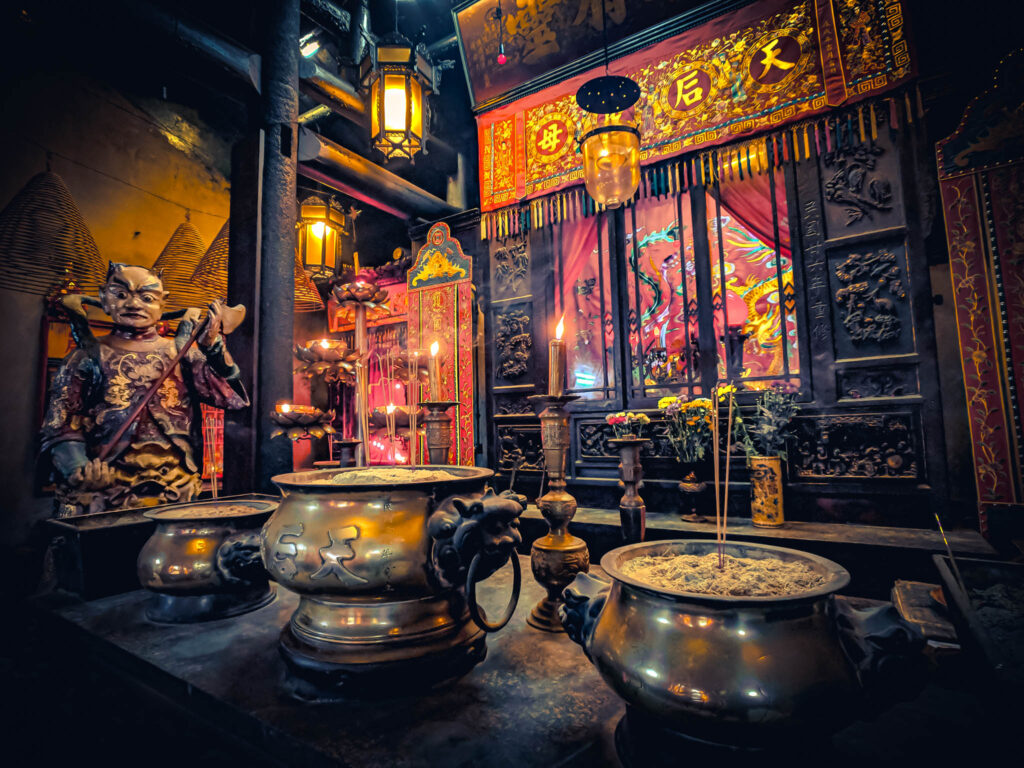
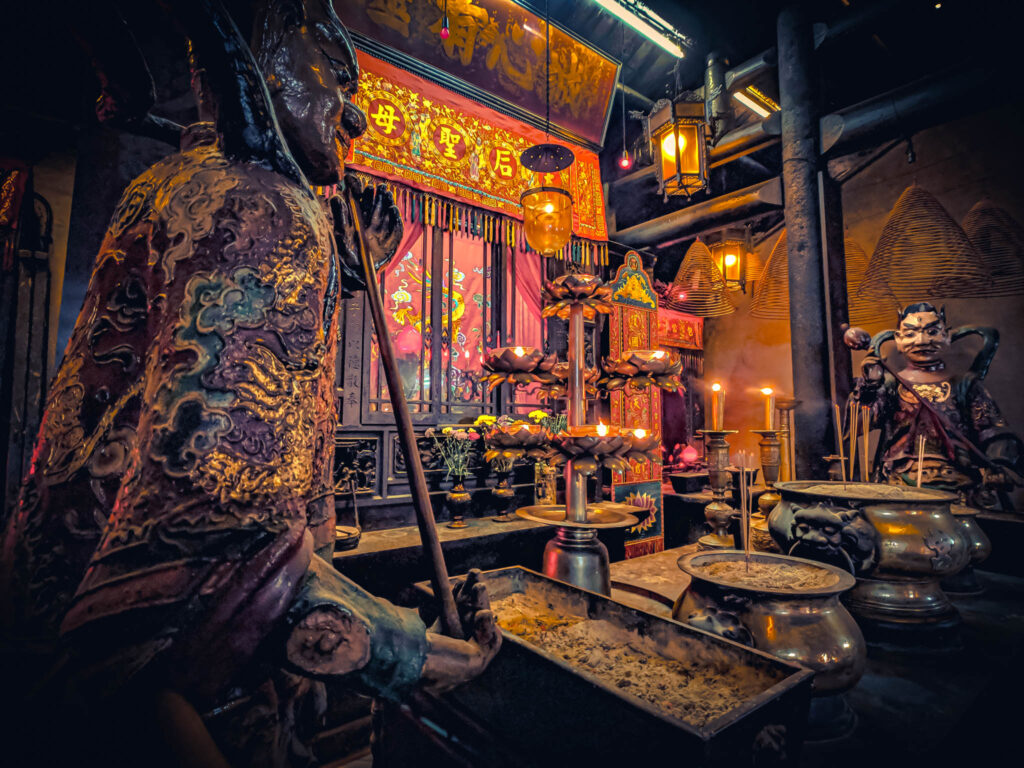
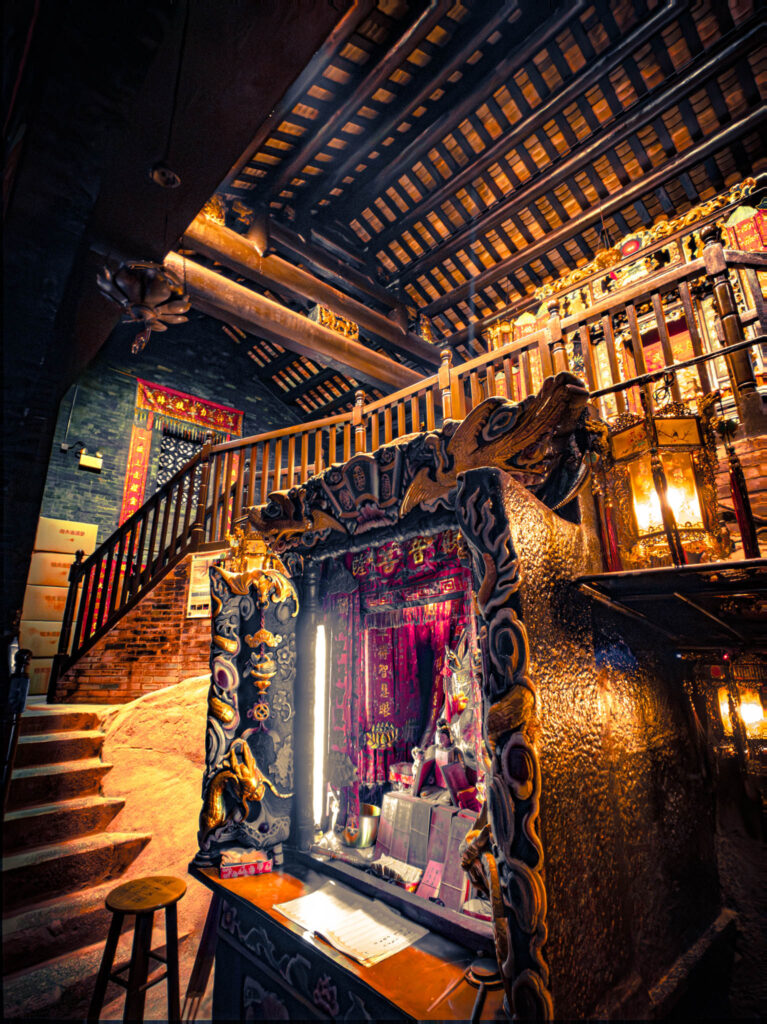
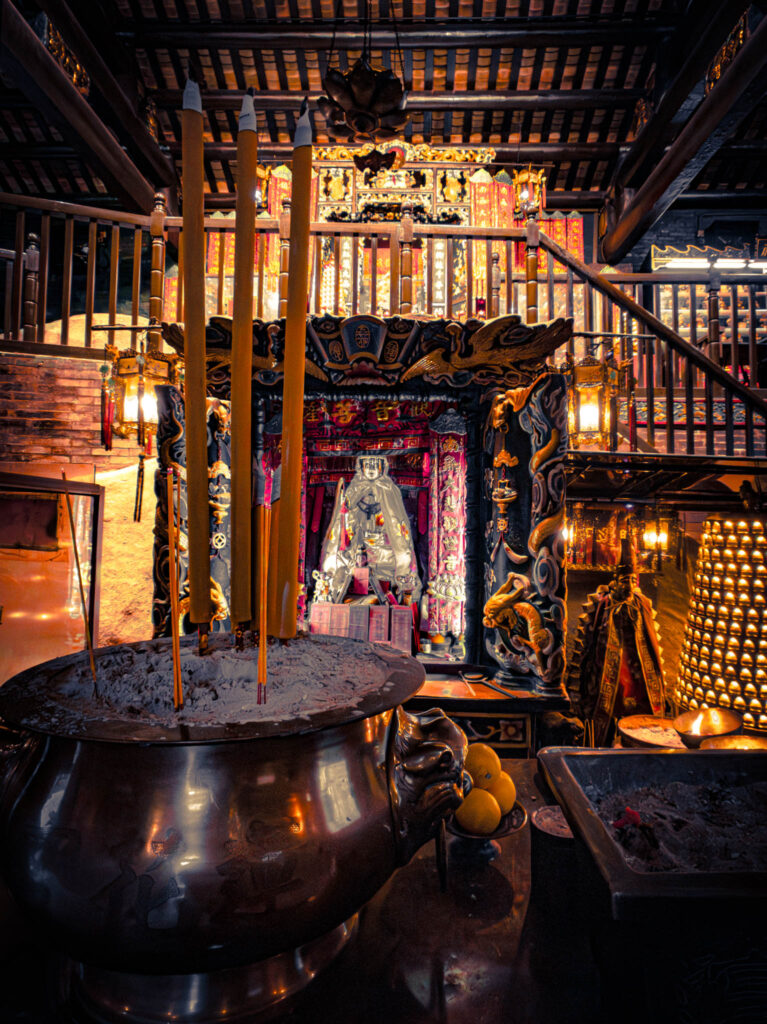
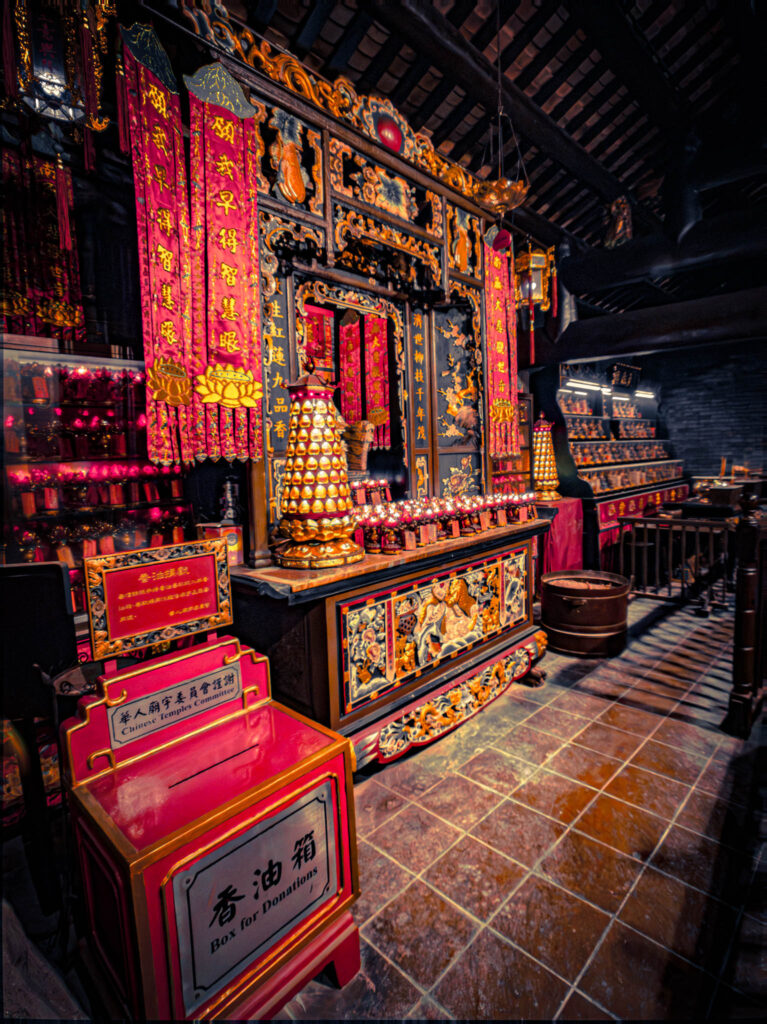
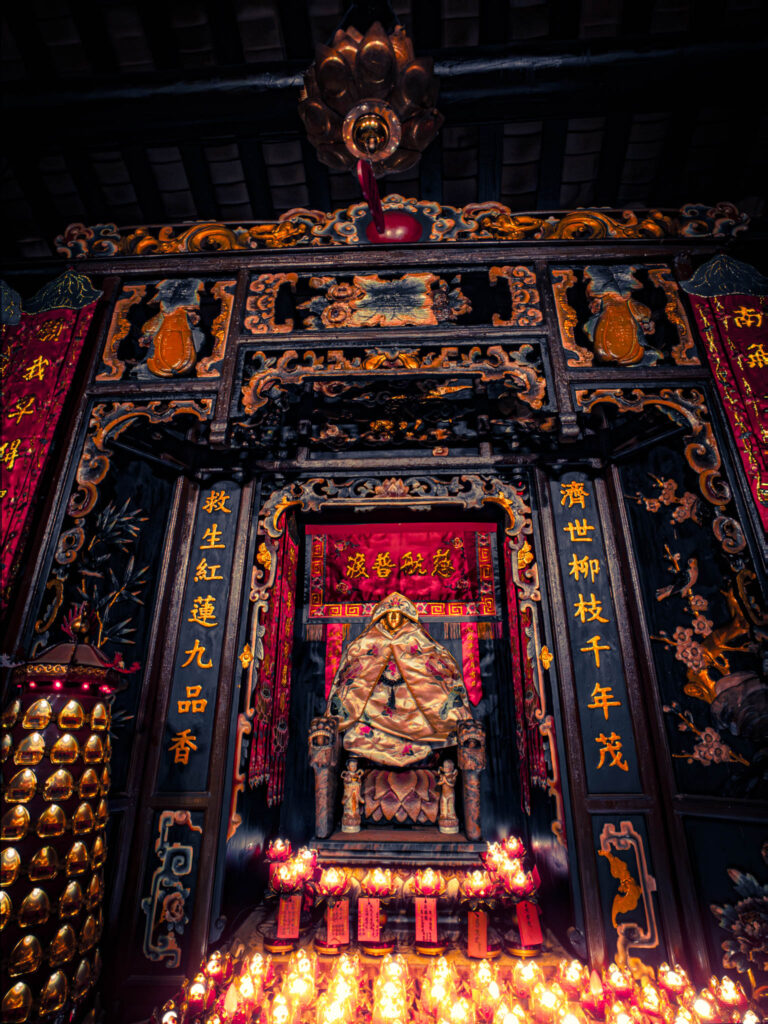
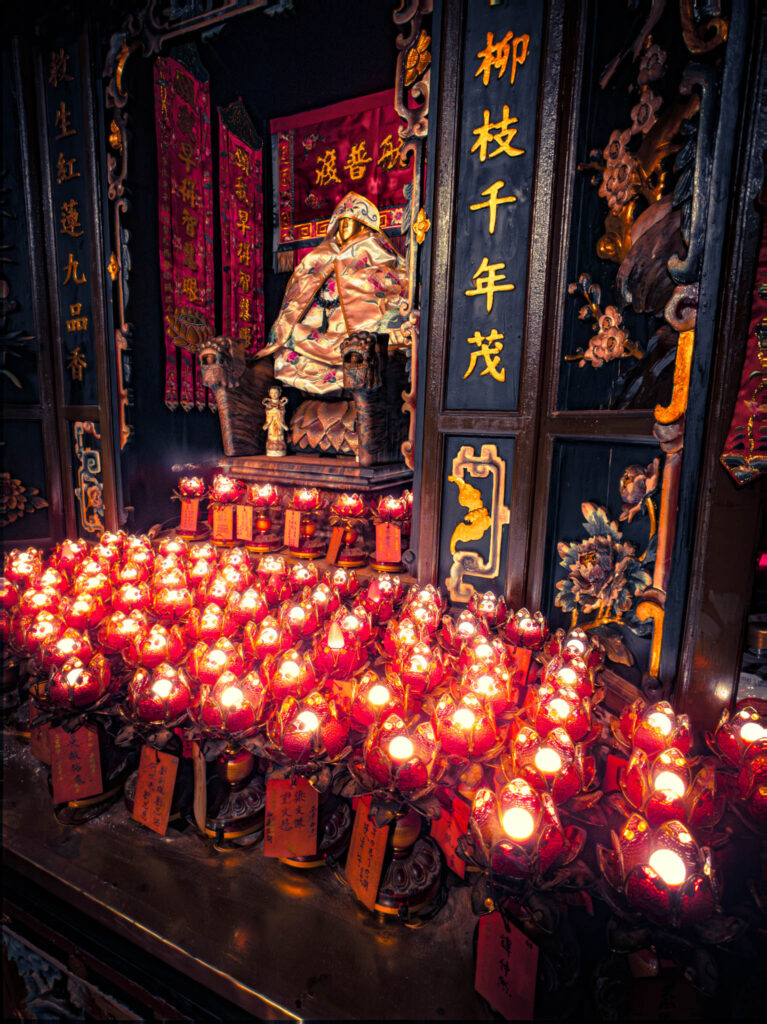
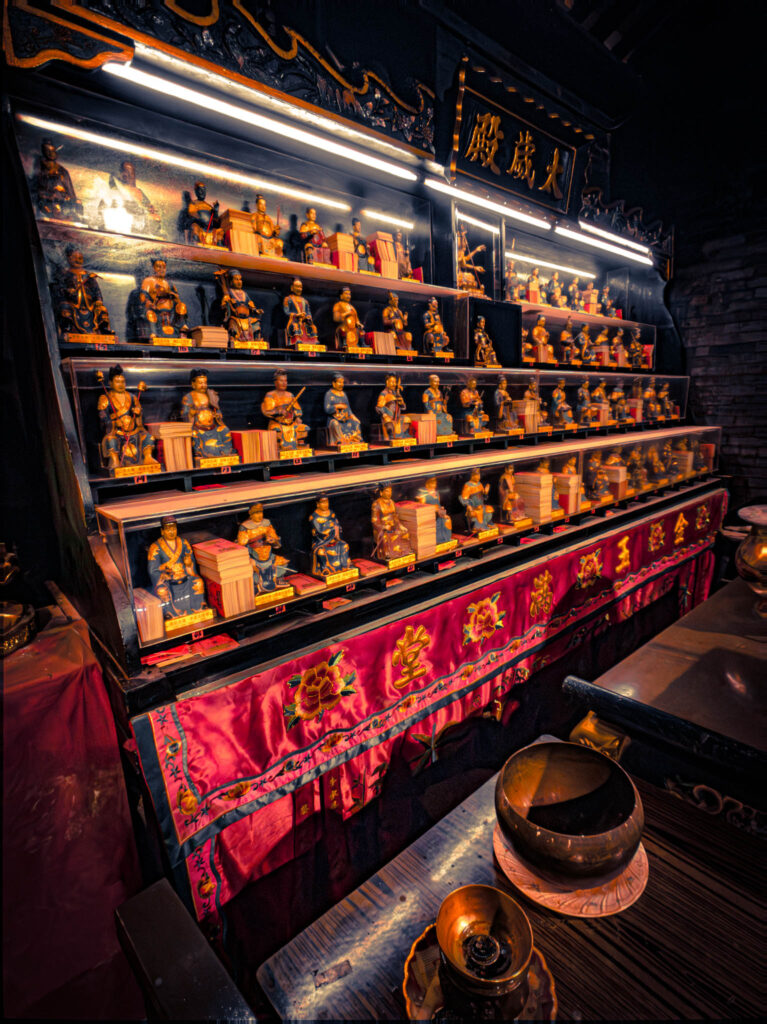
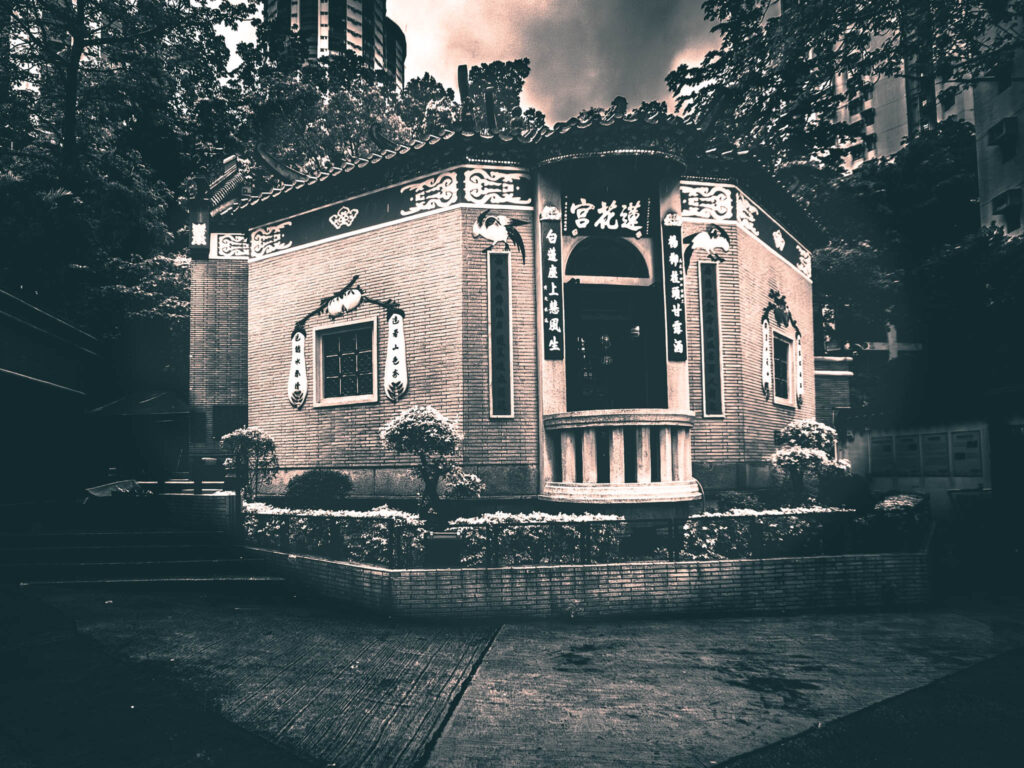
I don’t know what I am looking at in any of these places. I should, as I’ve been married into a Chinese American family for three decades, and I can even read some of the characters on the various urns and signs and inscriptions, even though they are in the complicated old style with too many fiddly strokes. I know, from looking it up on my phone, that Man Mo is dedicated to the god of scholarship Man and the god of war Mo; that Hau Wong was the legendary loyal Song general who sacrificed himself to protect the child-emperor hunted by the Mongols; that Tin Hau is the grandmother-goddess of the sea who was once a fisherman’s daughter inclined to visions; and that the goddess of Lin Fa is at least partly a transmogrified female version of the Mahayana boddhisatva Avalokiteśvara, partly something else entirely.
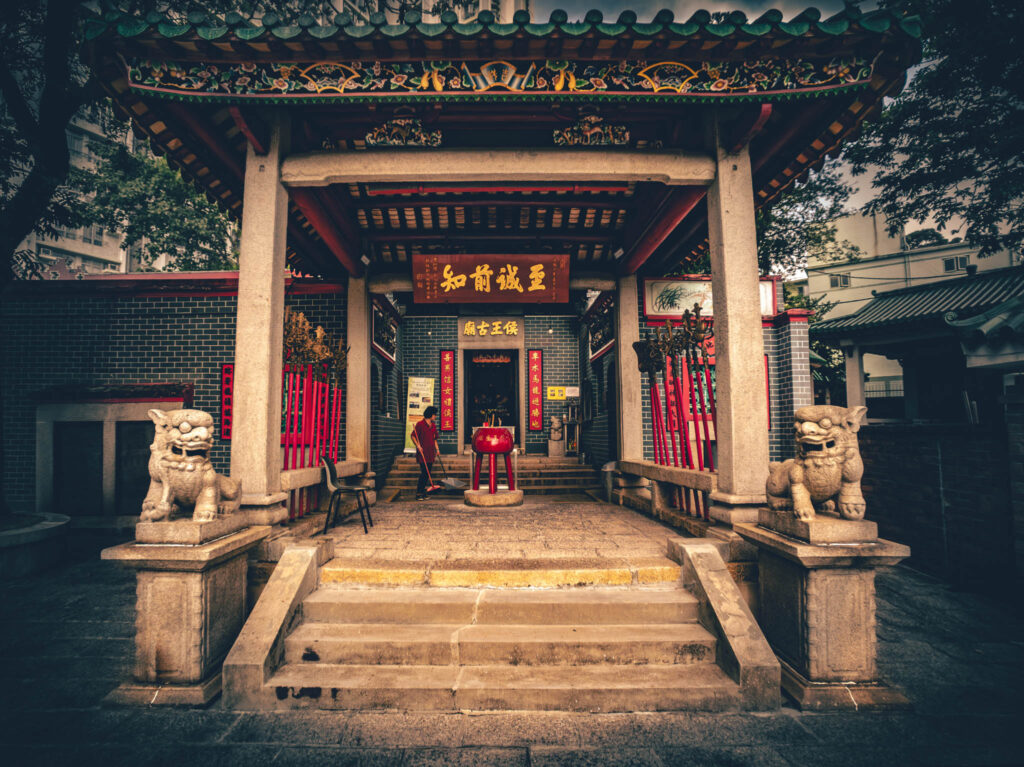
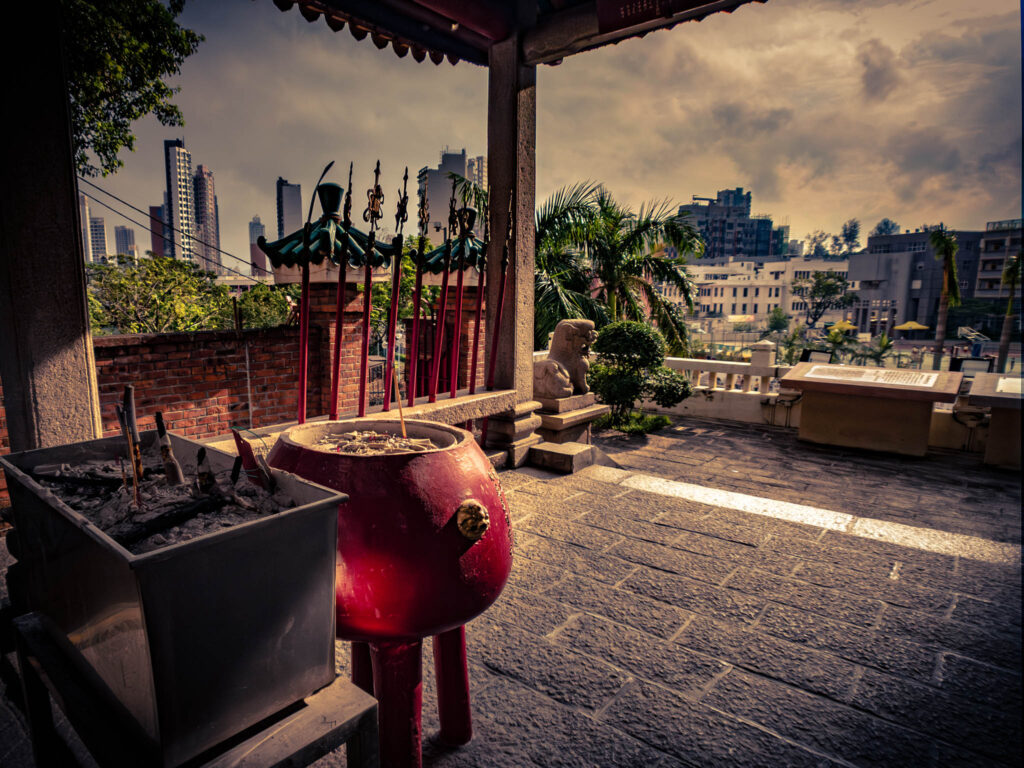
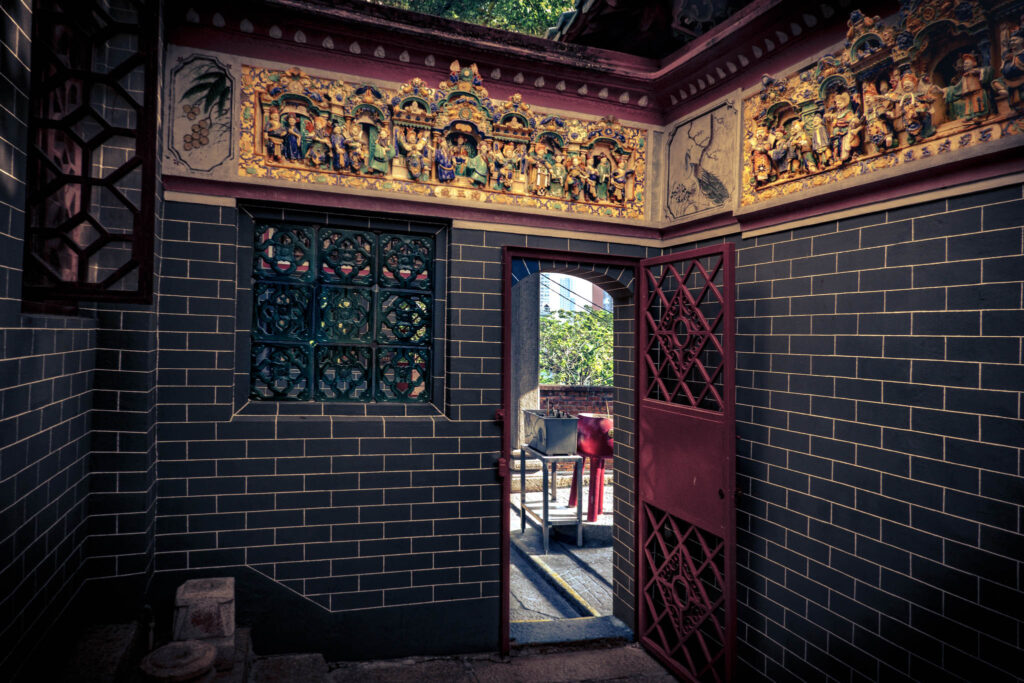
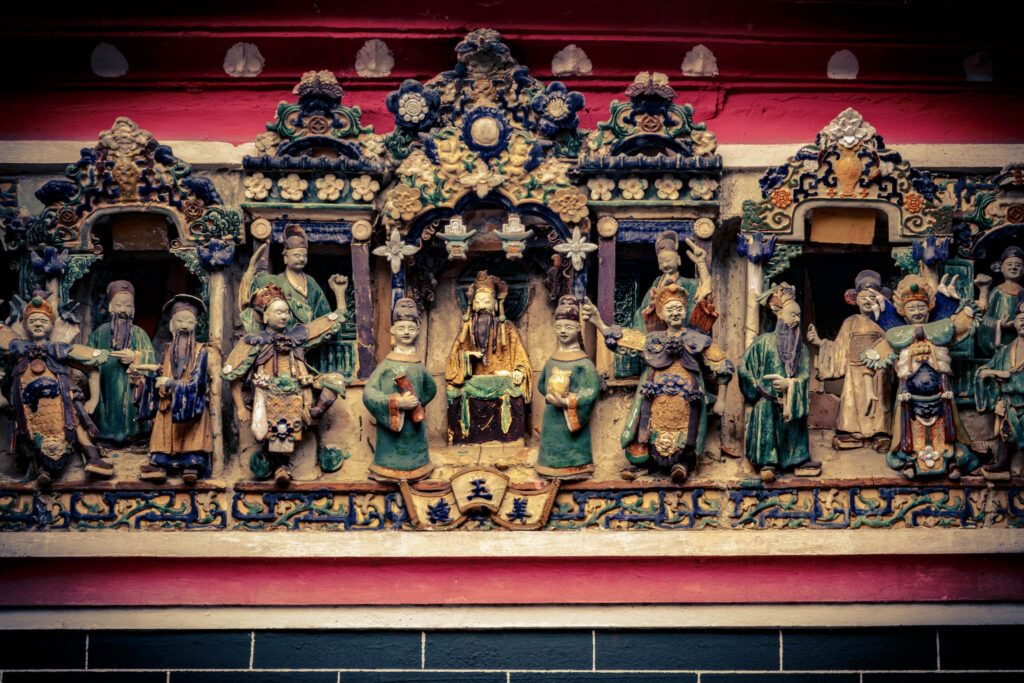
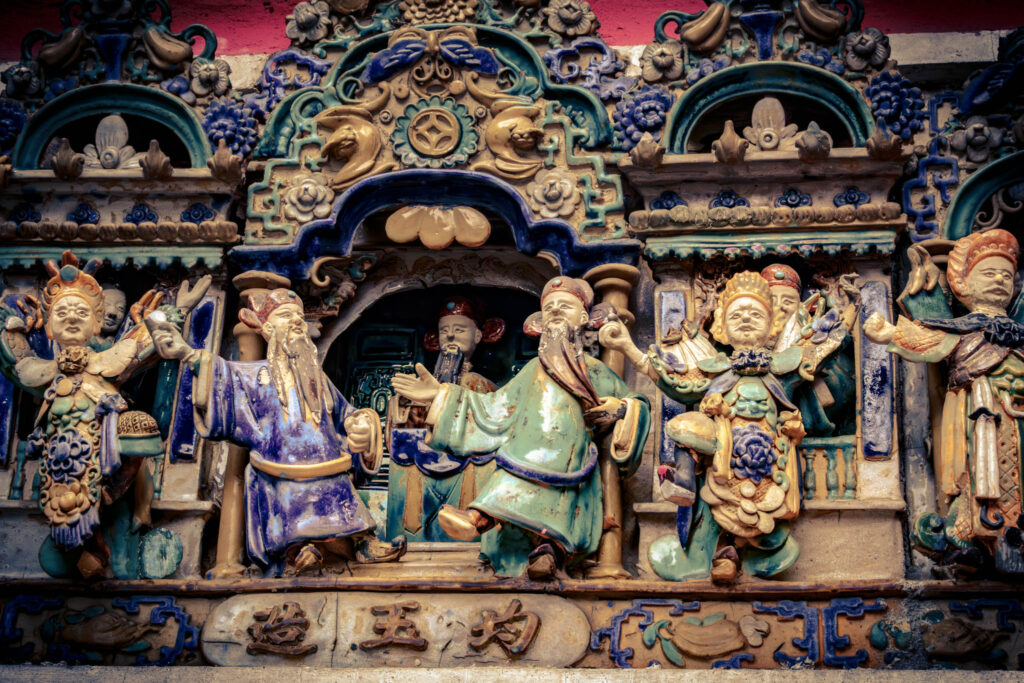
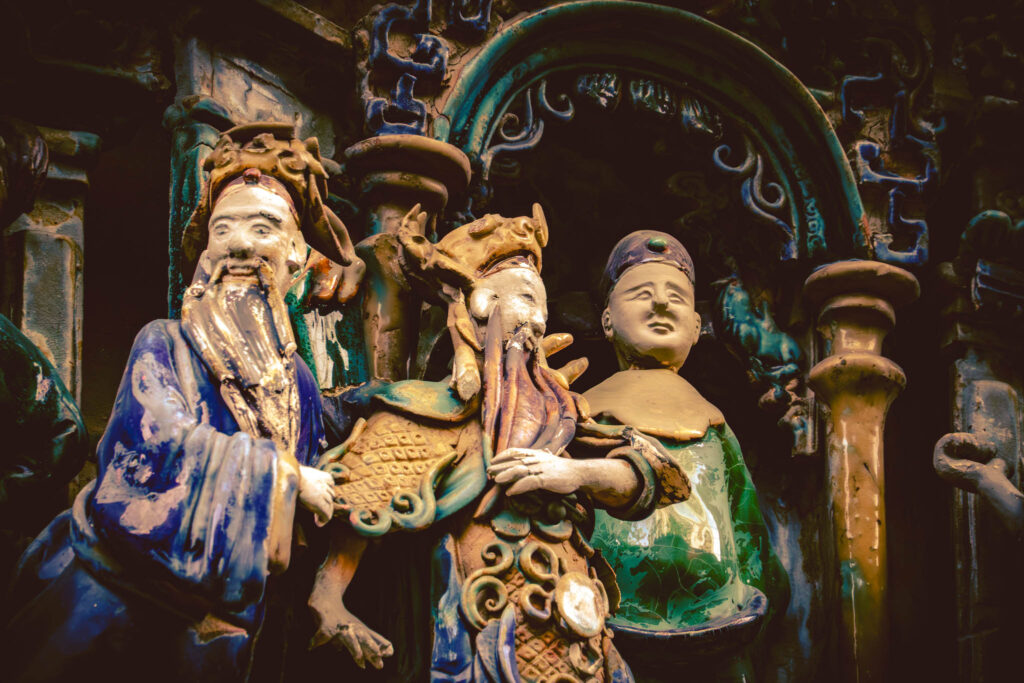
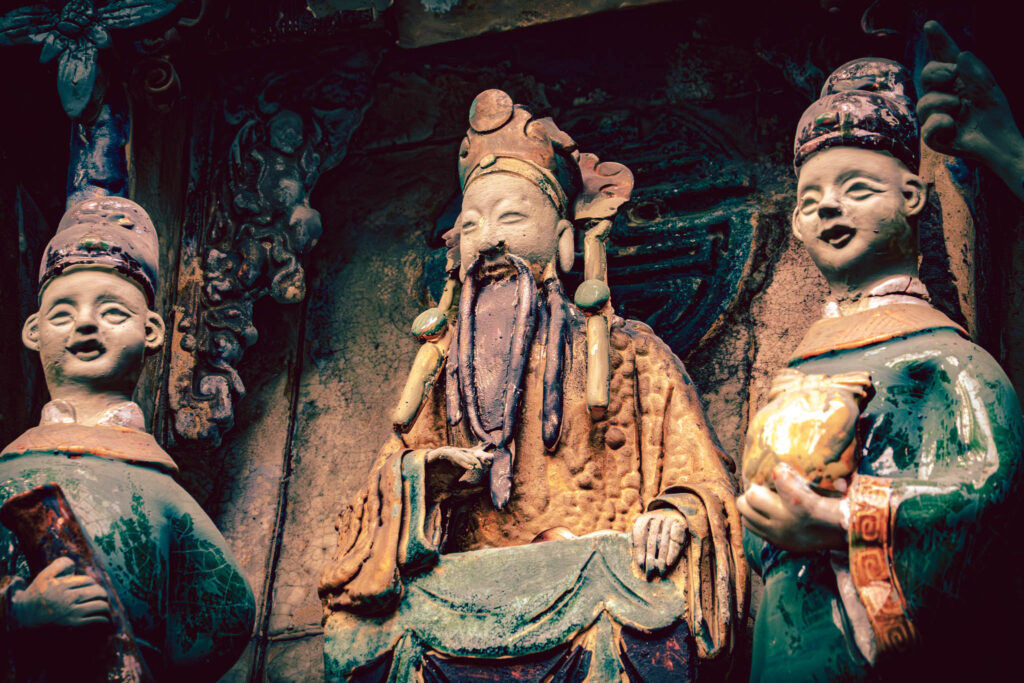
At home, I still have some textbooks from my Dartmouth course covering Chinese Folk Religion, a relic of my hyper-humanities-focused undergraduate degree. But my recollection of the coursework is not helping me here.
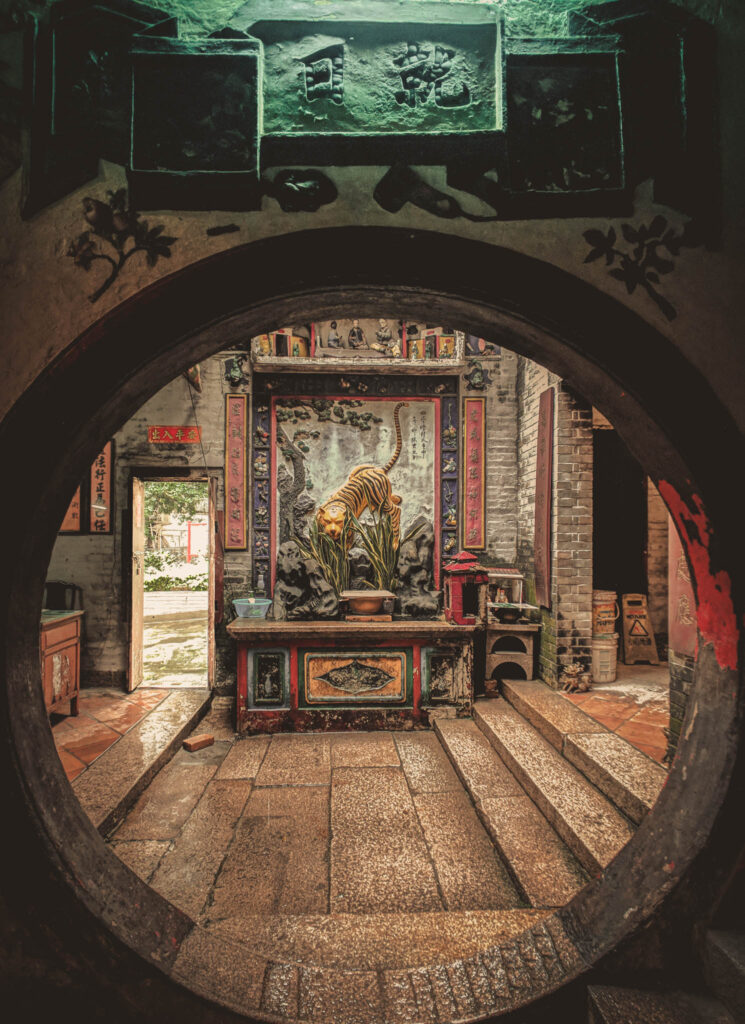
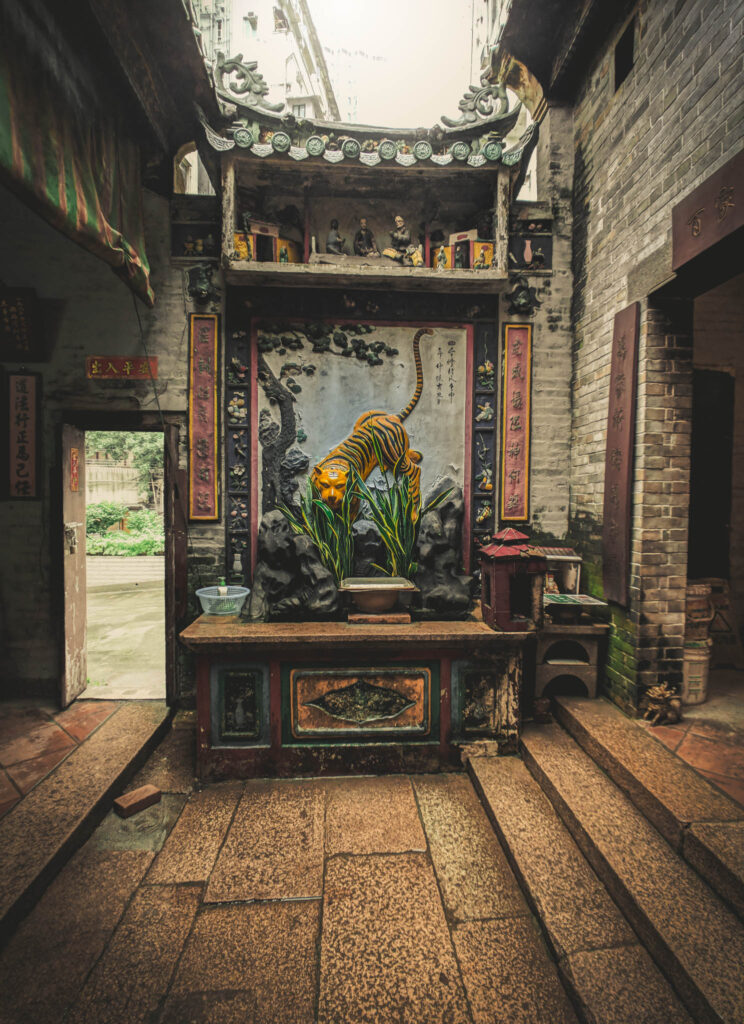
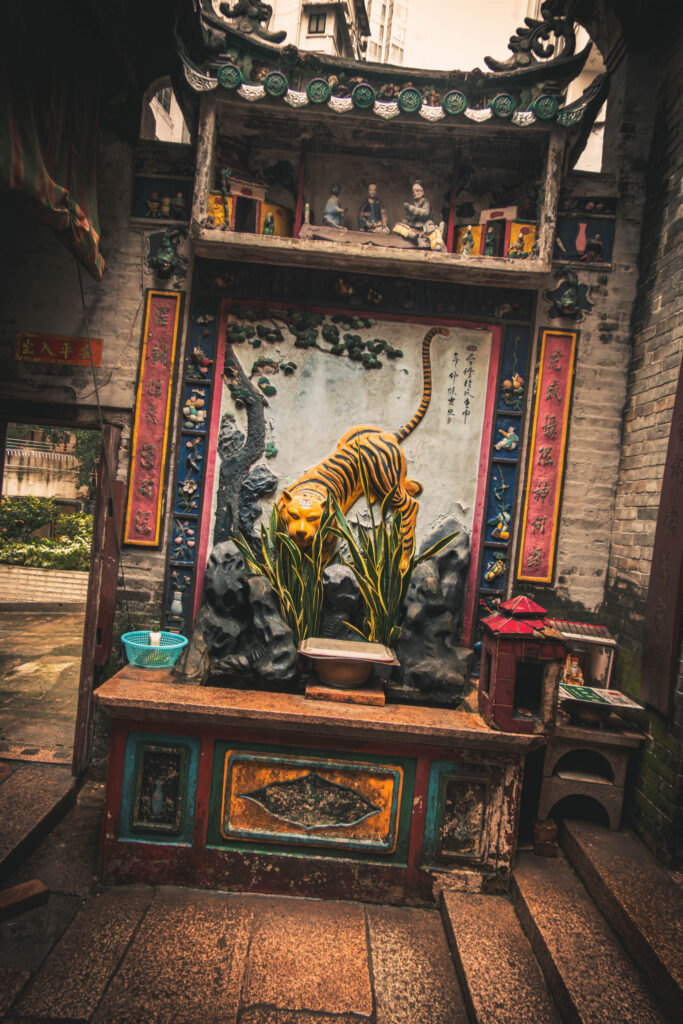
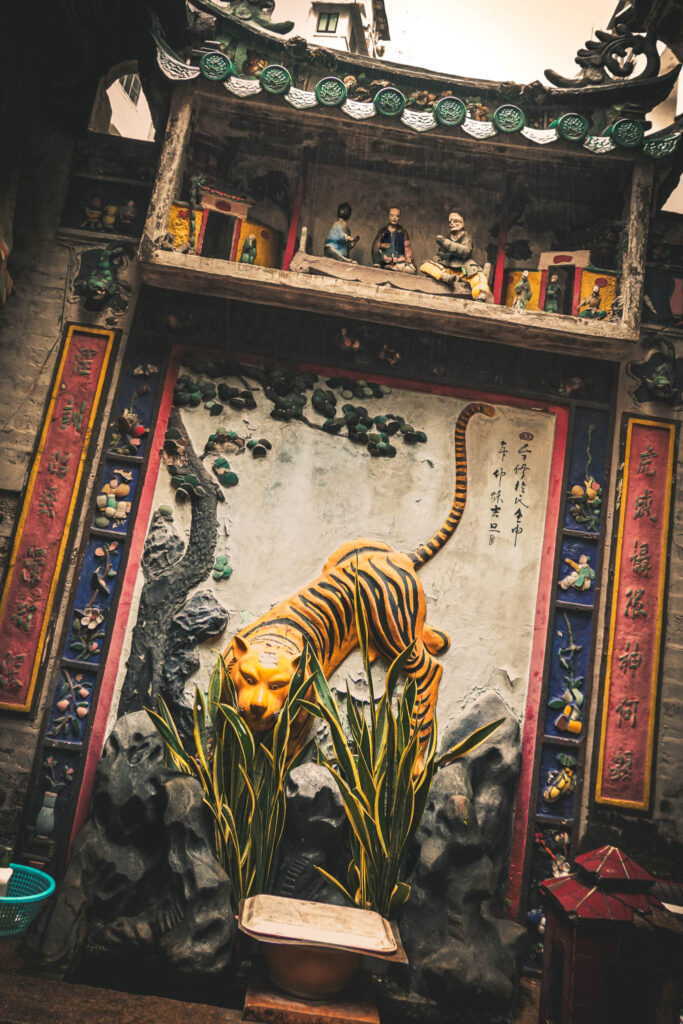
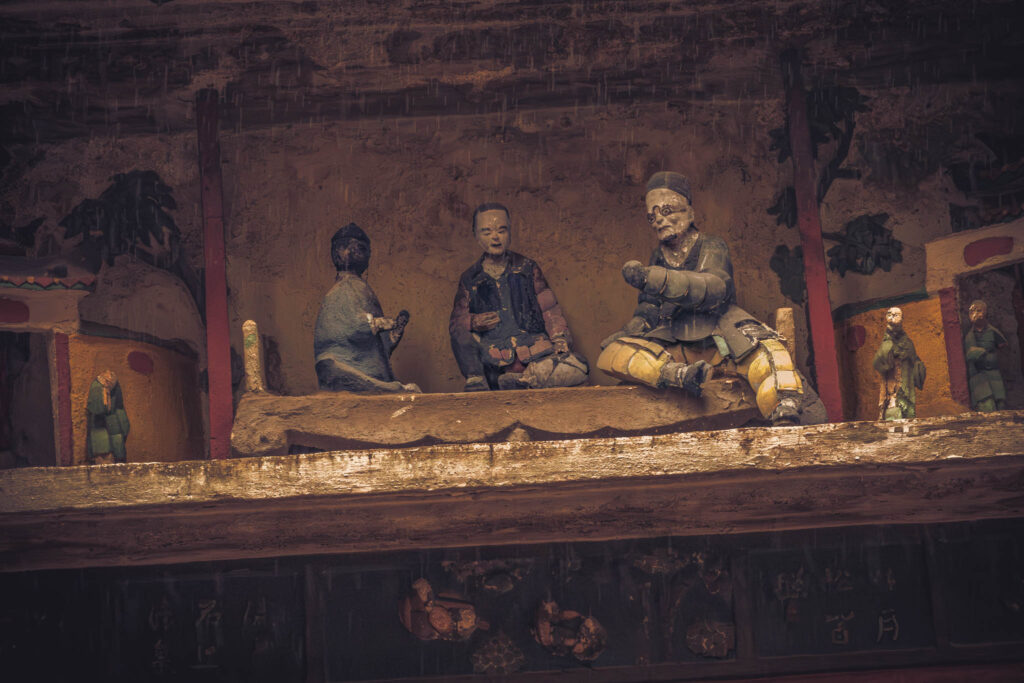
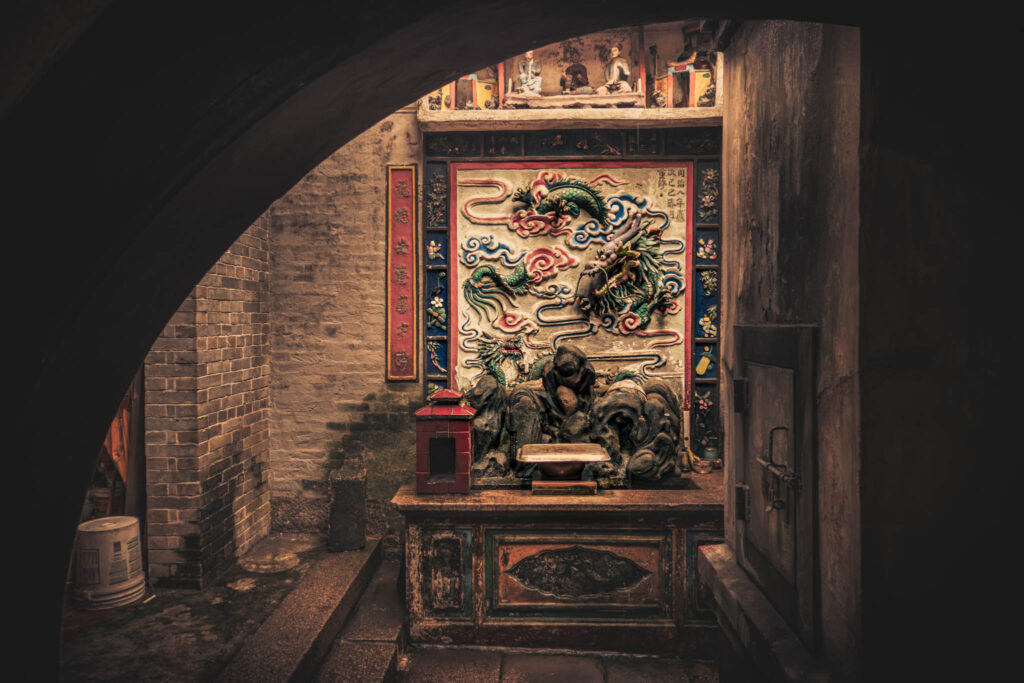
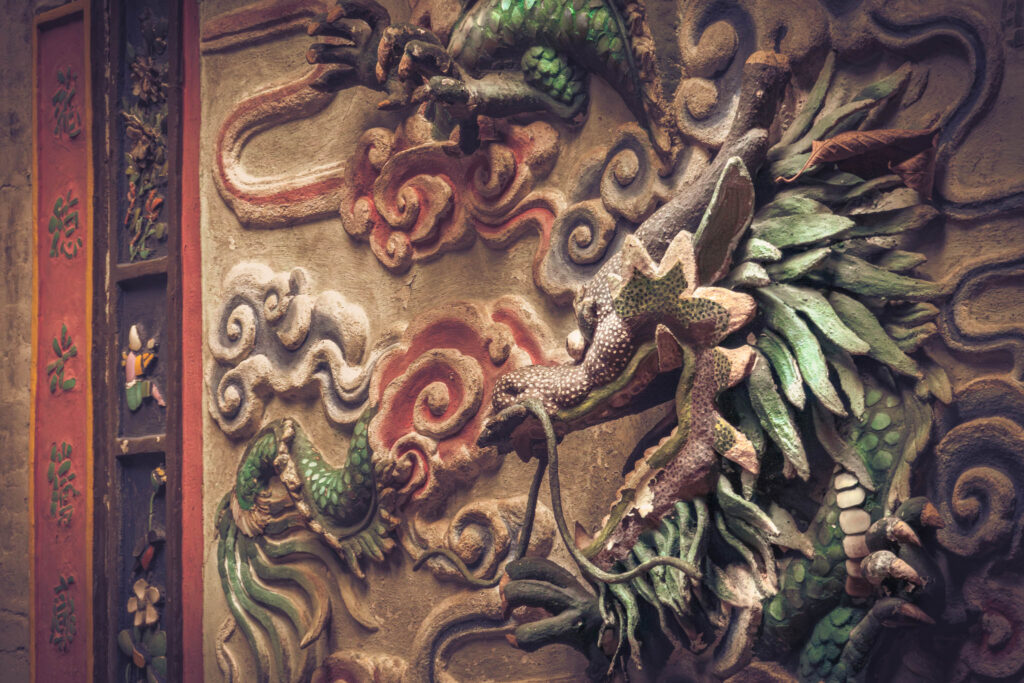
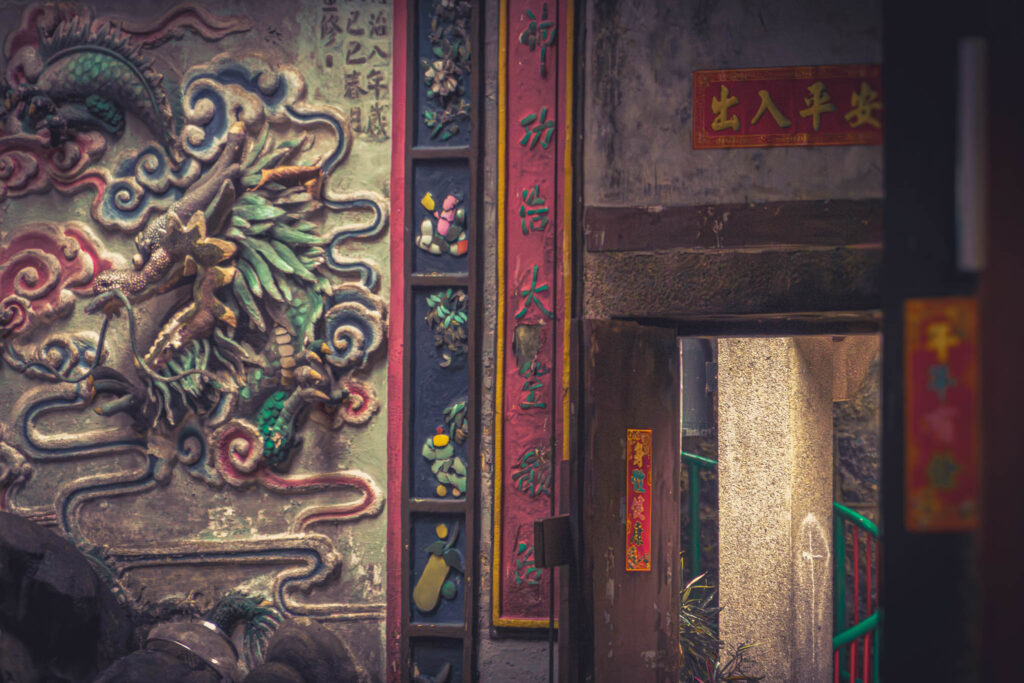
“Folk religion” as a label doesn’t do these elaborate edifices dedicated to these complex syncretic divinities anything like justice. The temples are profoundly phantasmagoric places, where ordinary worldly distinctions and logic do not prevail.
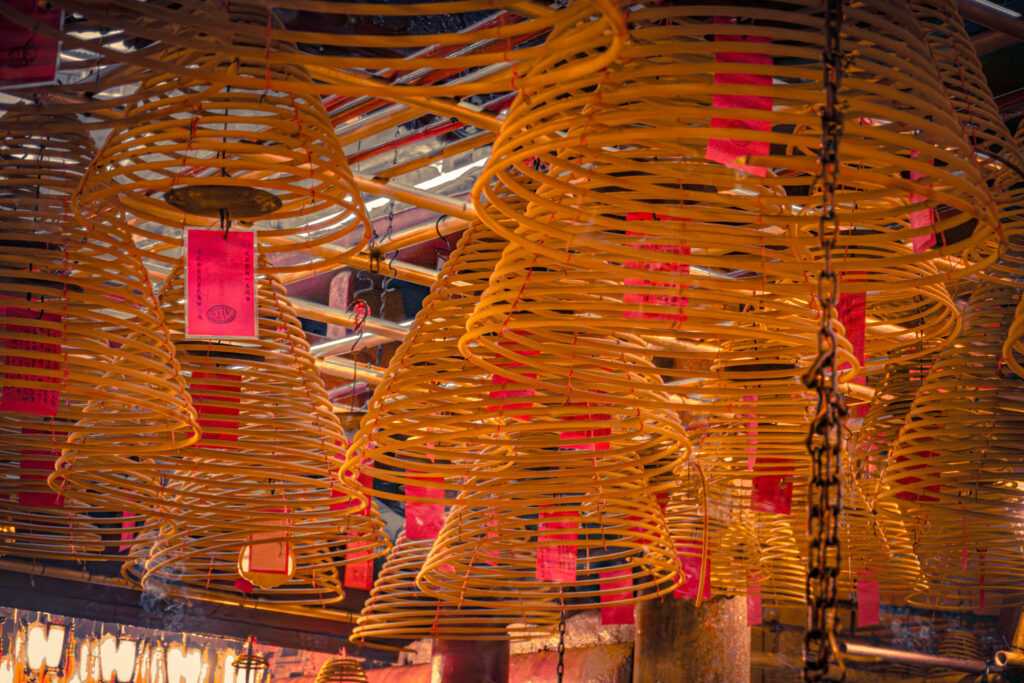
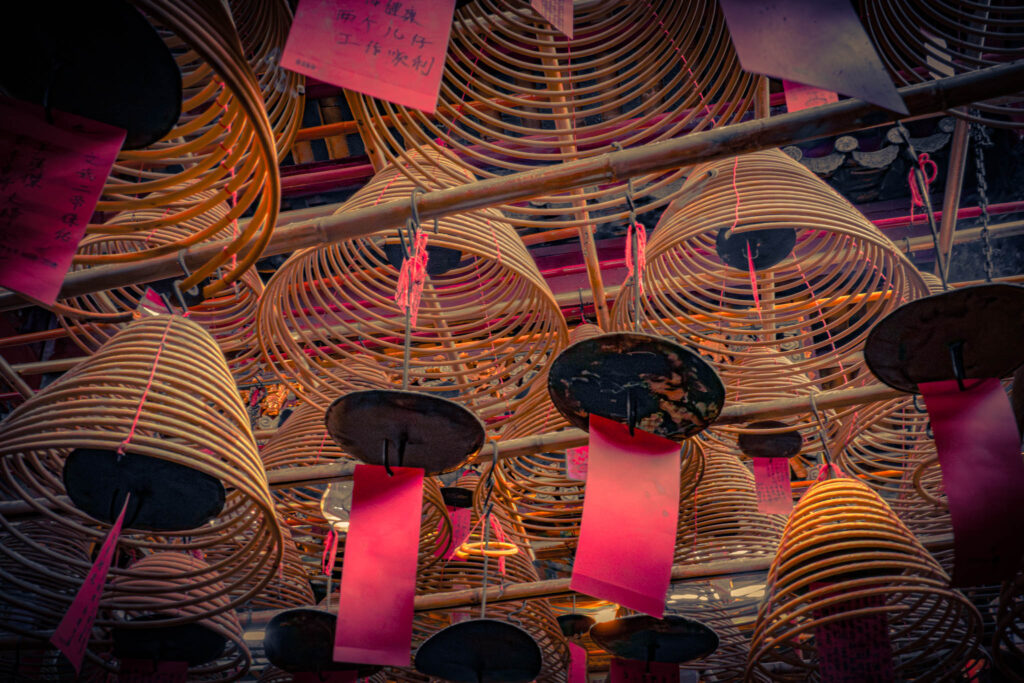
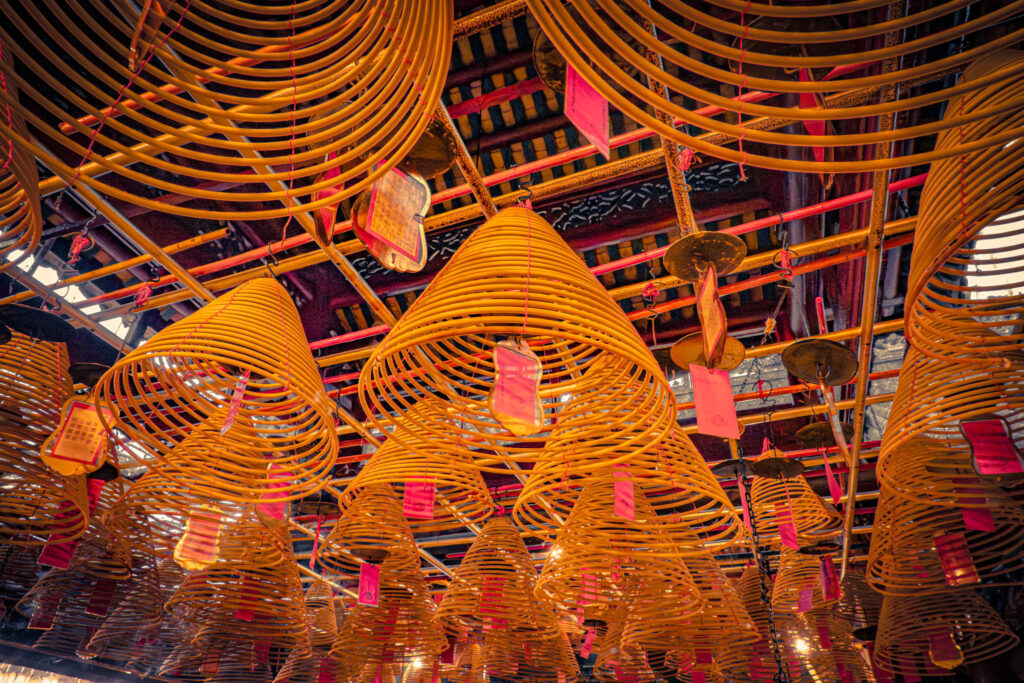
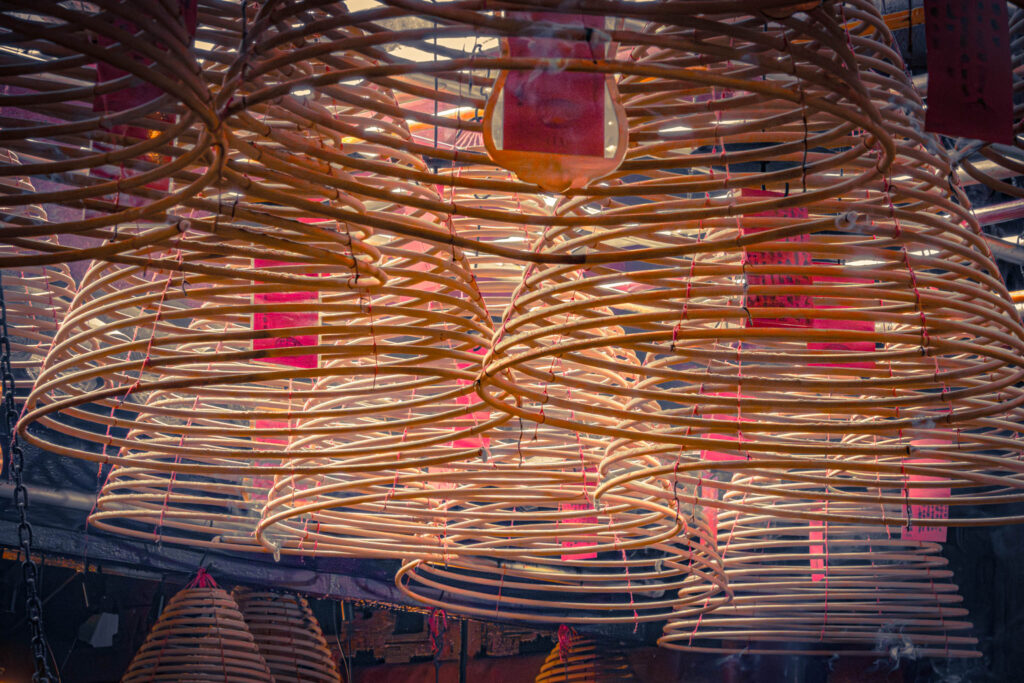
The coils of incense — brass urns with ash-tipped joss sticks and grinning gargoyle faces — the statues with complex headgear or even more complex facial expressions — the dim neon-sign glow, generated by fluorescent tubes and colored incandescent lamps set in electrified flowers or candelabras — the gloss of lacquered and gilded shrines, some of which seem to curiously have a common ancestor with grocery story displays — the black shadows falling across grimy crumbling walls or damp stained floors (mind the mop and bucket now!), under distant soot-stained roofbeams — all seem to contribute to the sense that anything could happen here, in the temple. In the dark rainbow dimness, prayers might be answered, fortunes bestowed, wrongs supernaturally avenged.
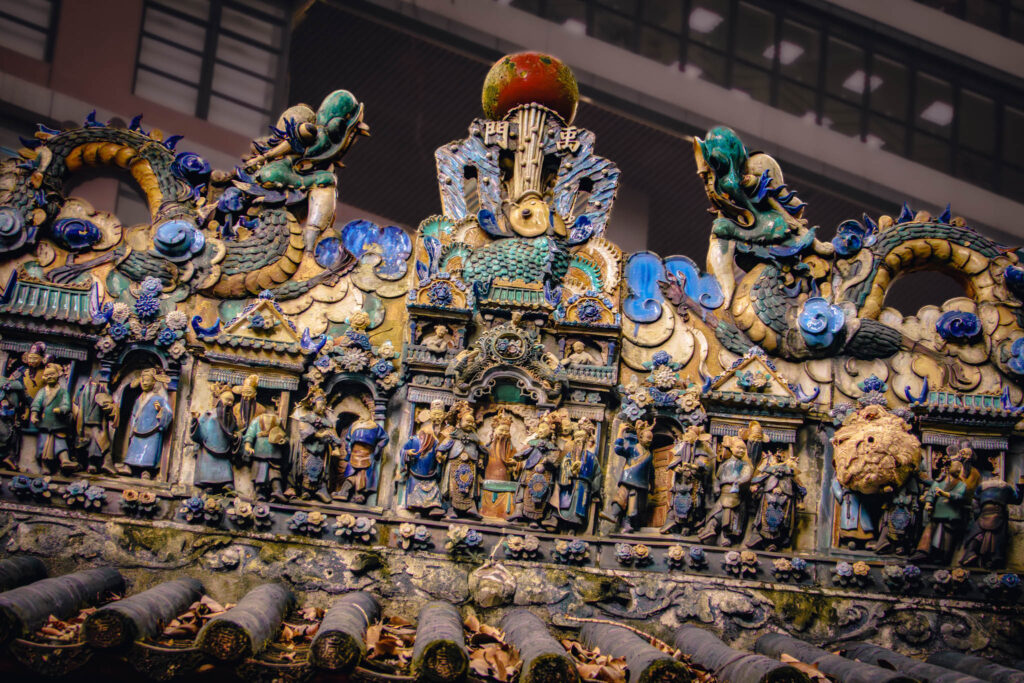
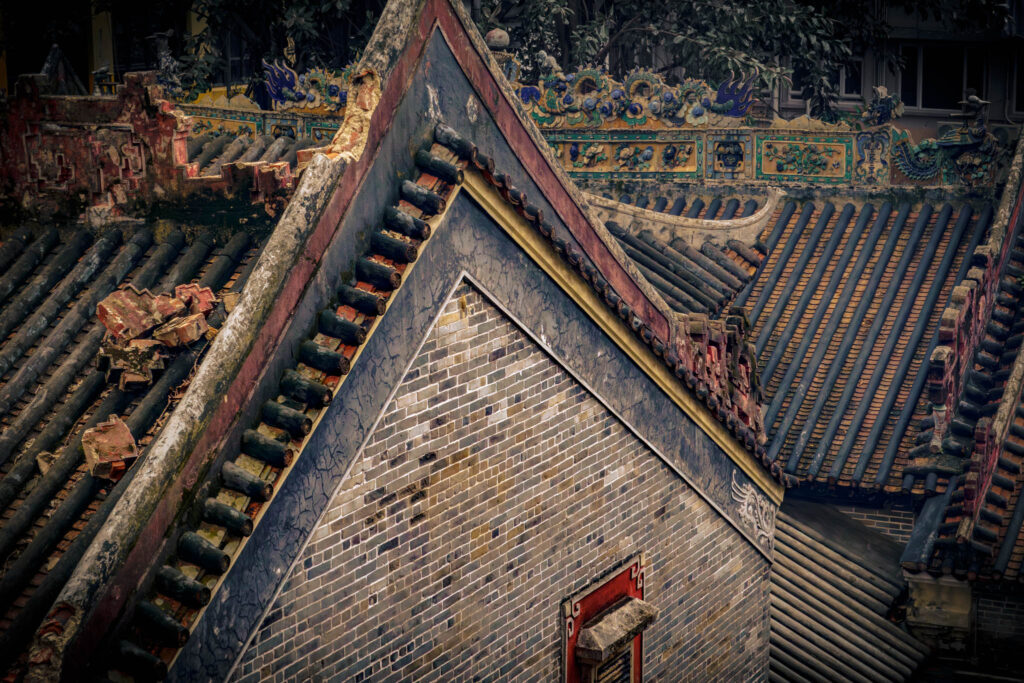
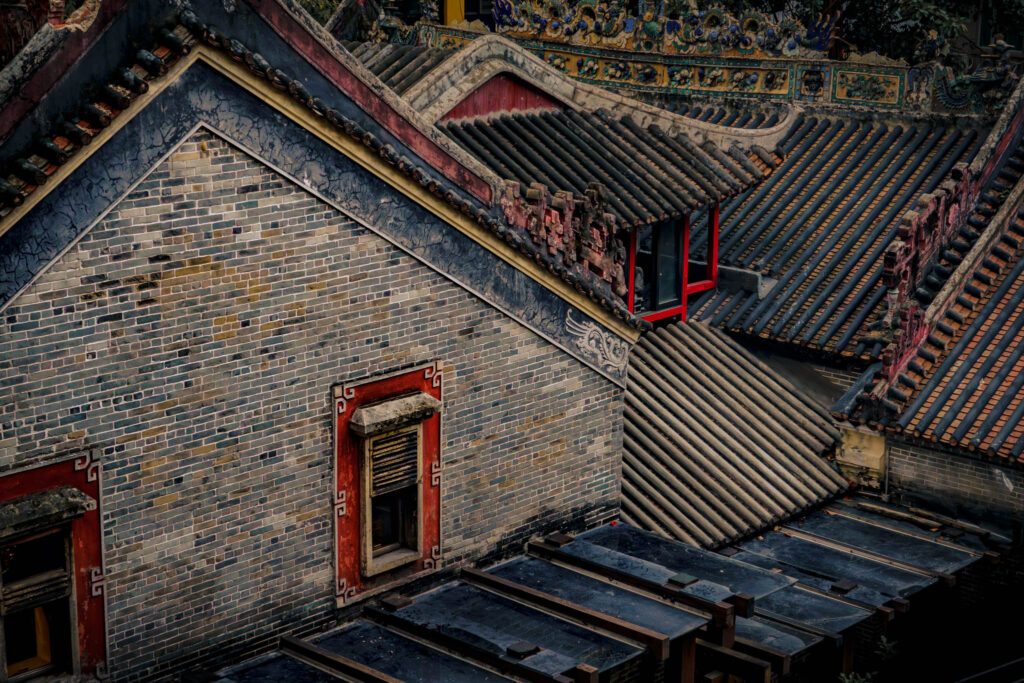
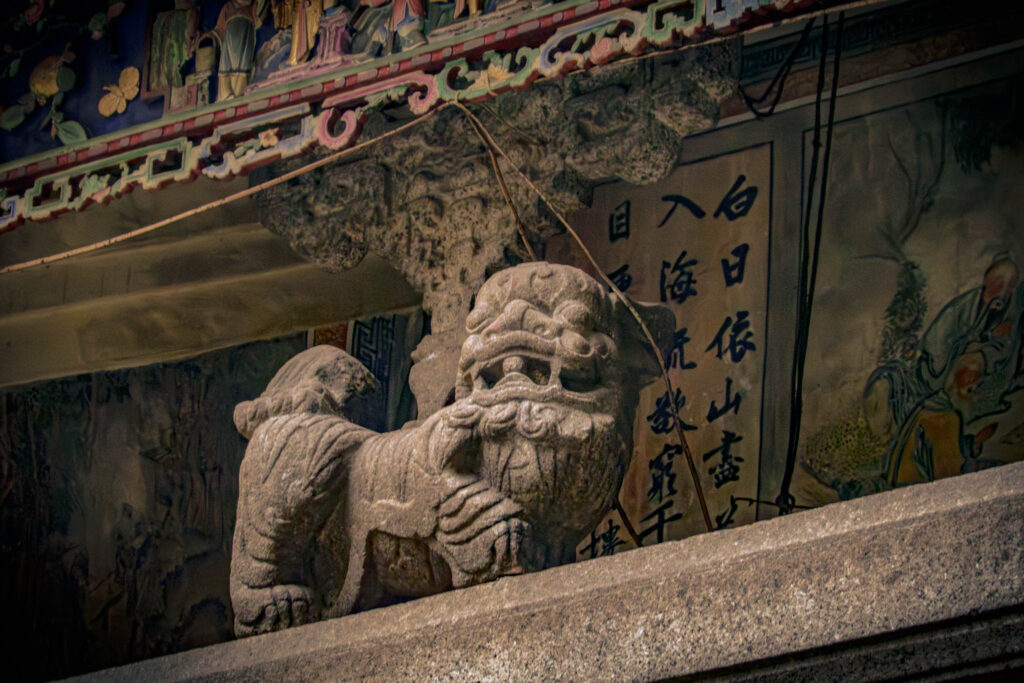
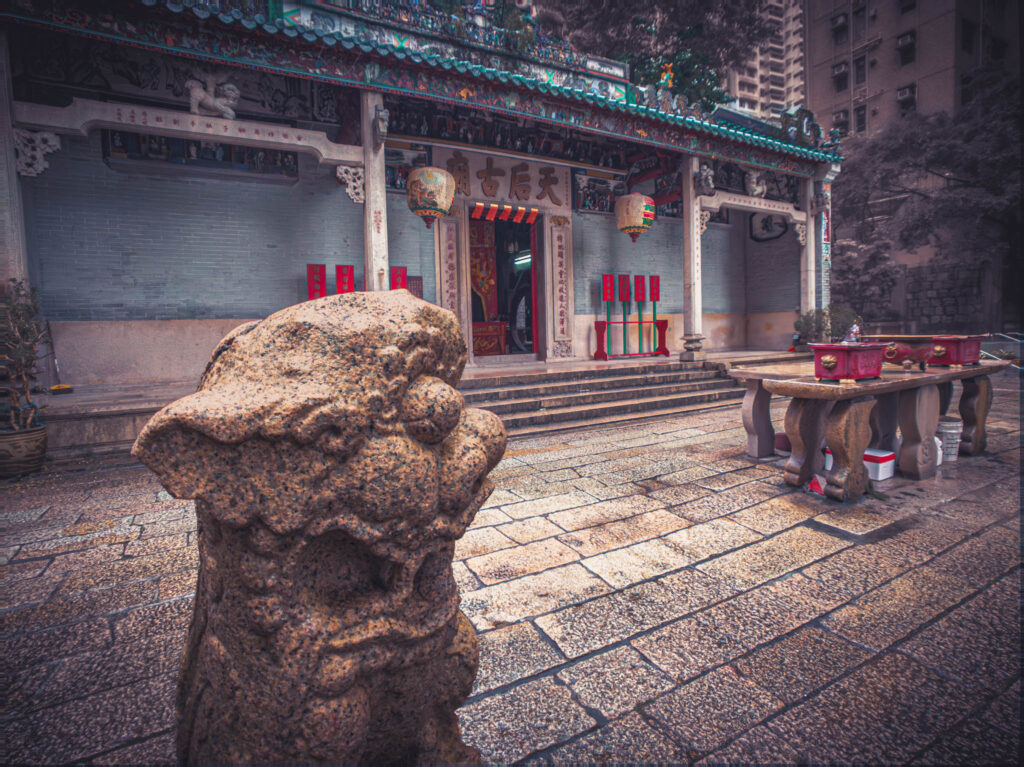
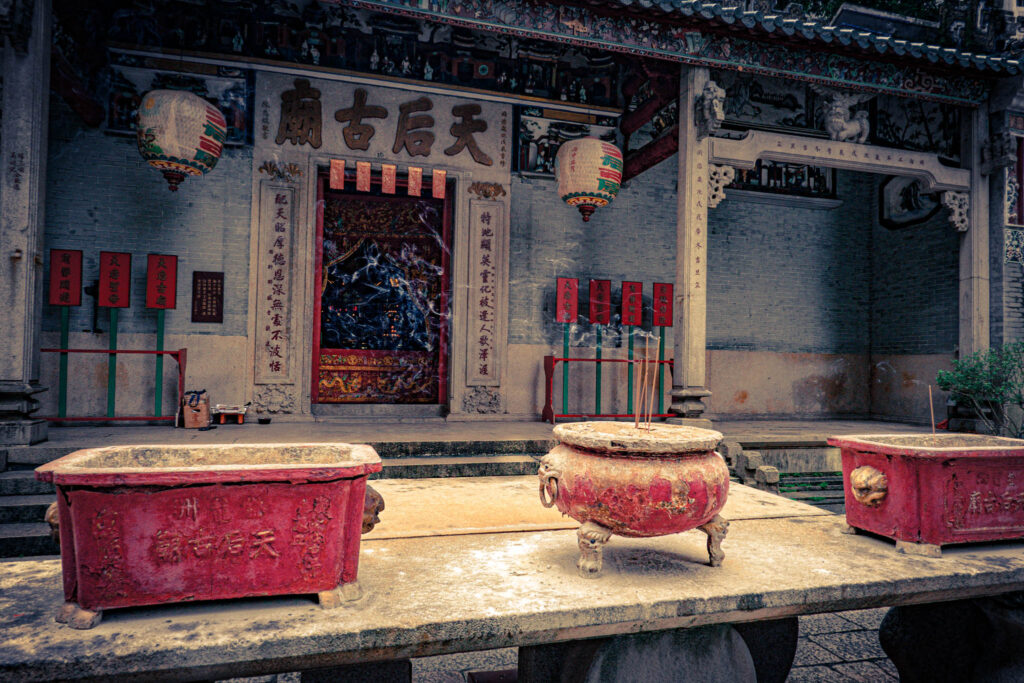
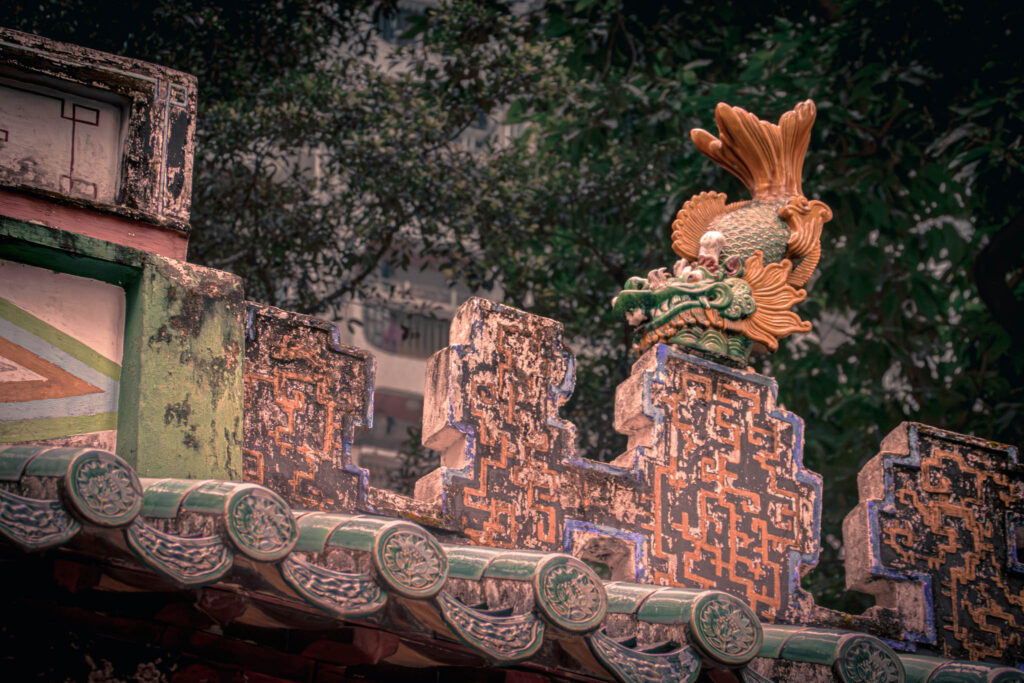
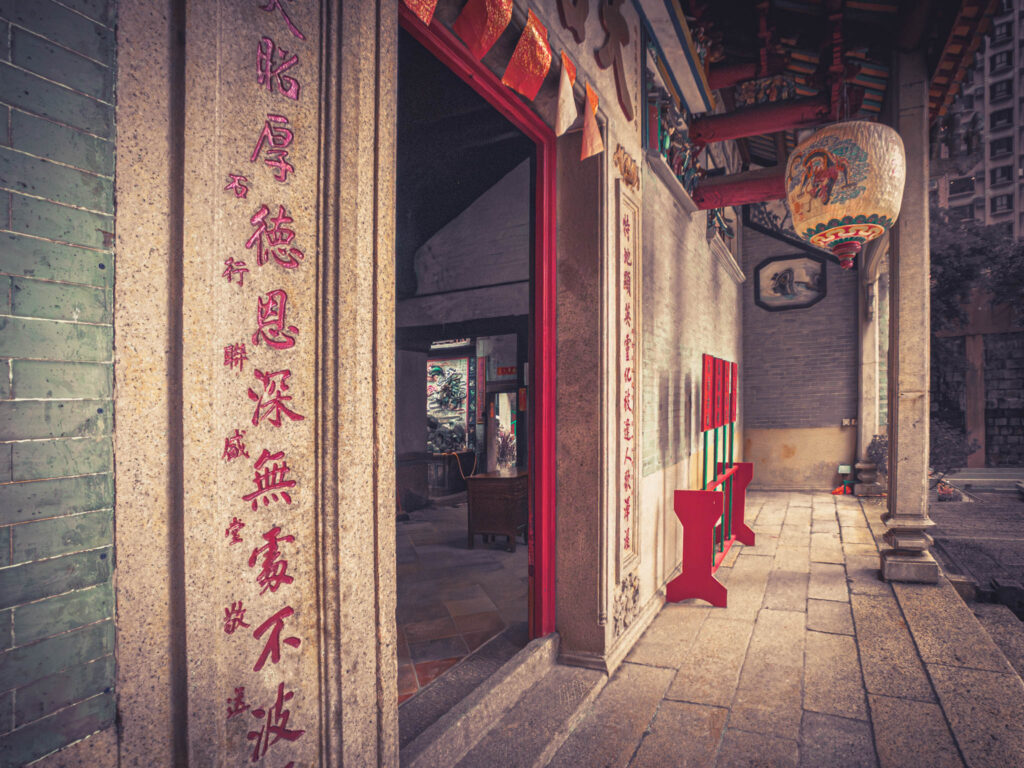
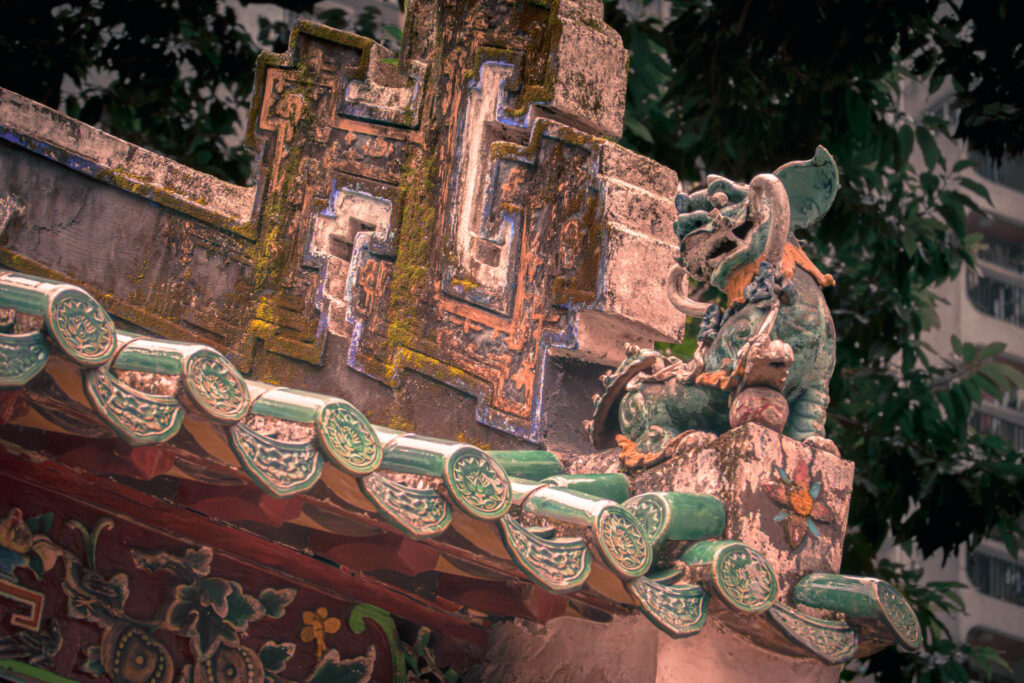
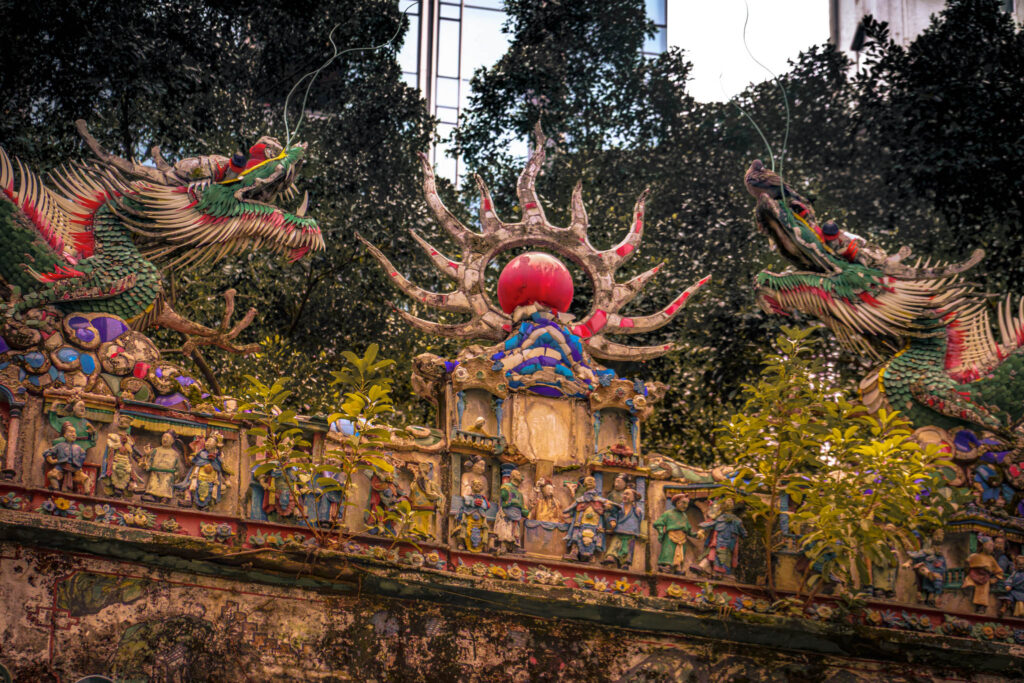
In retrospect, perhaps the Hong Kong of Chinese temples was not the best choice in layovers, if a “return to post-jet-lag reality” was really my goal. Of course, maybe it really wasn’t.
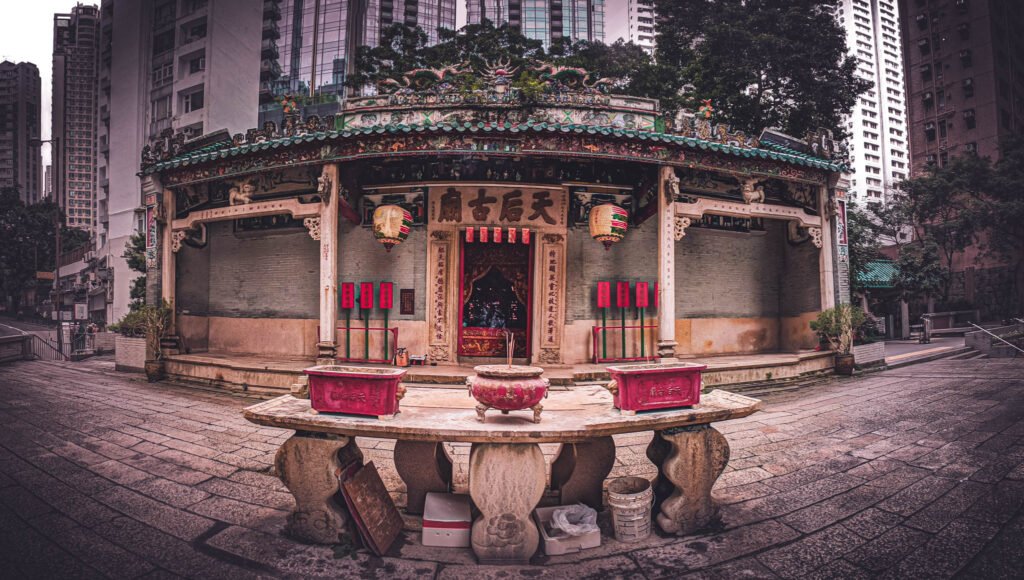
Leave a Reply